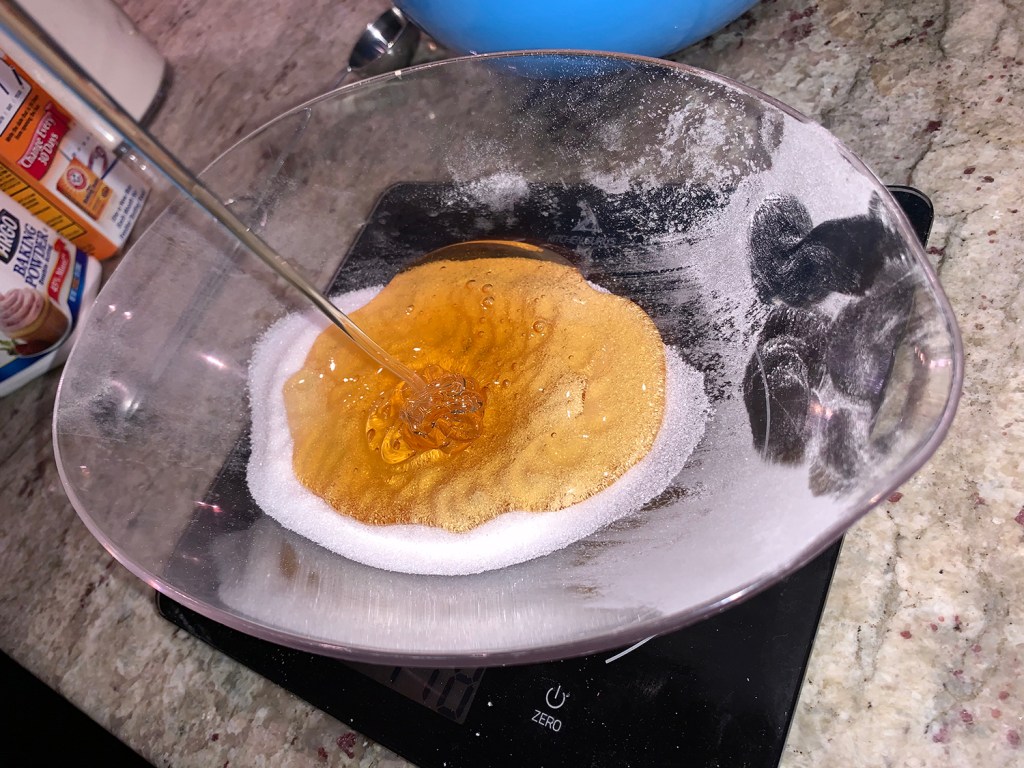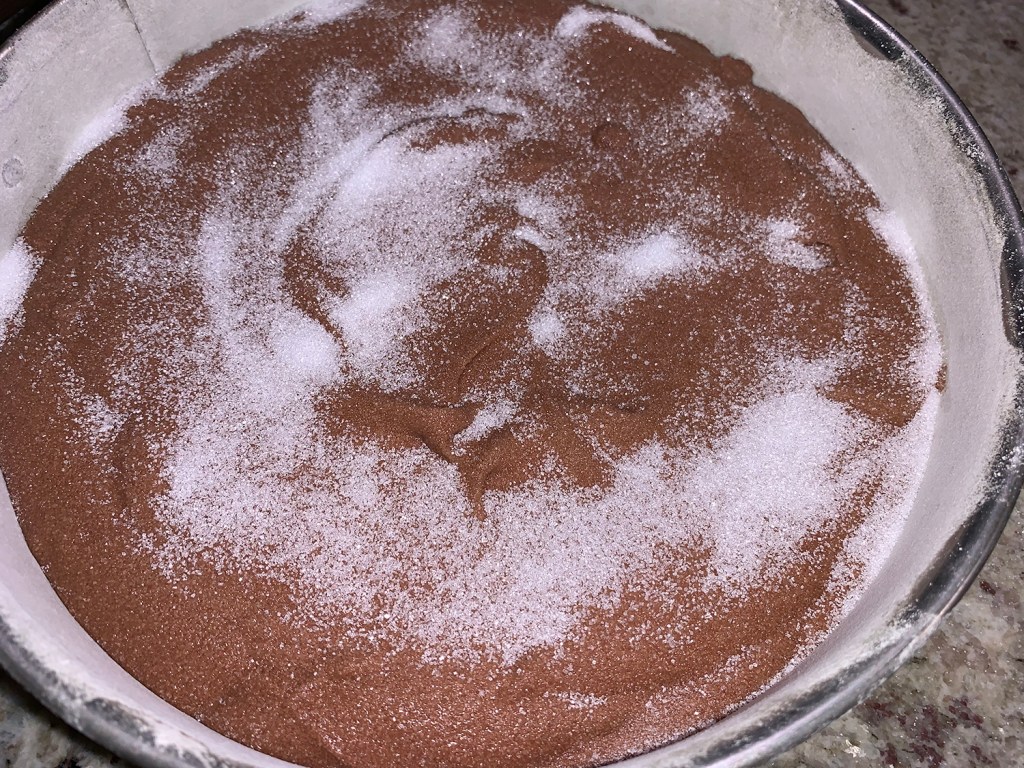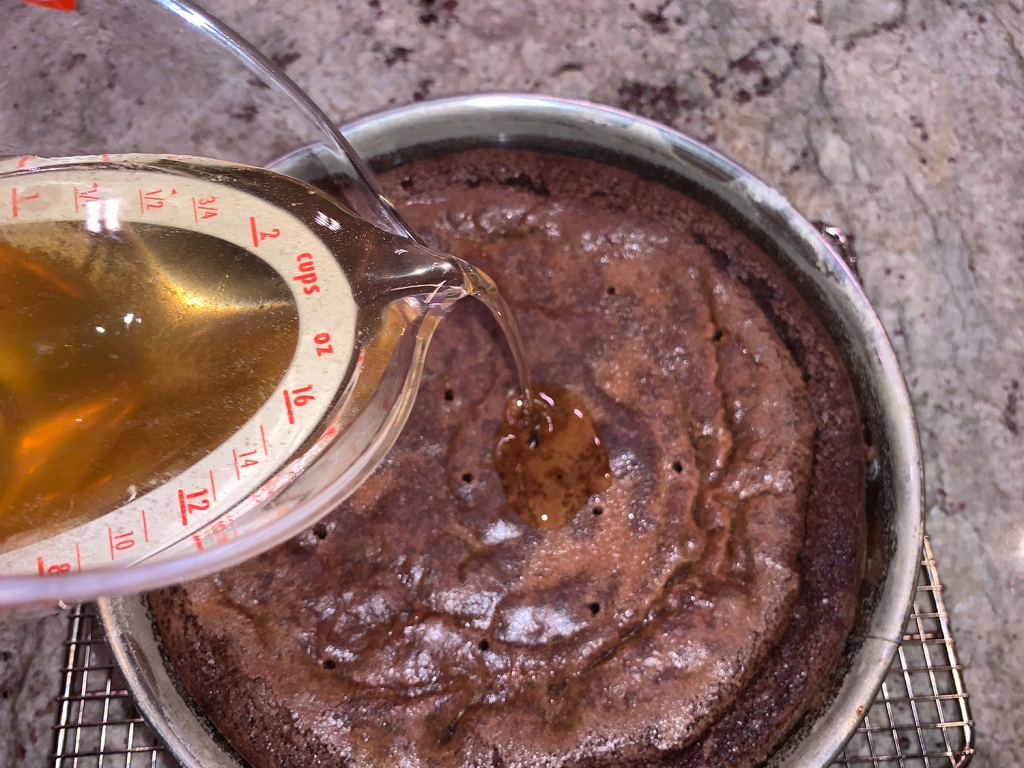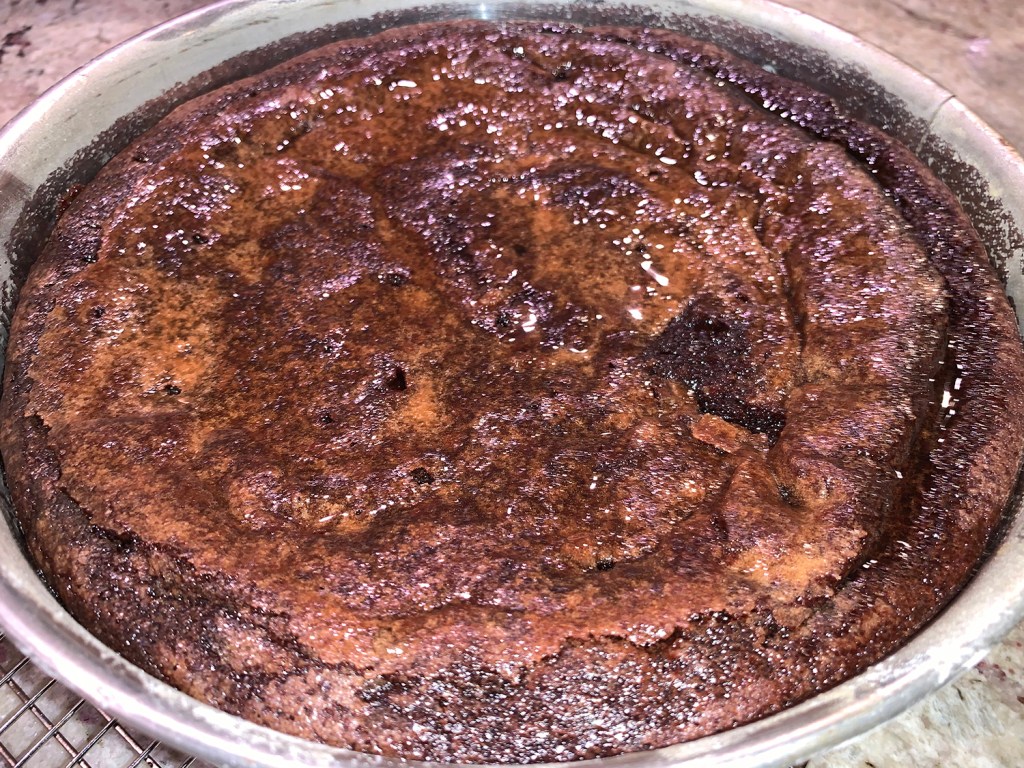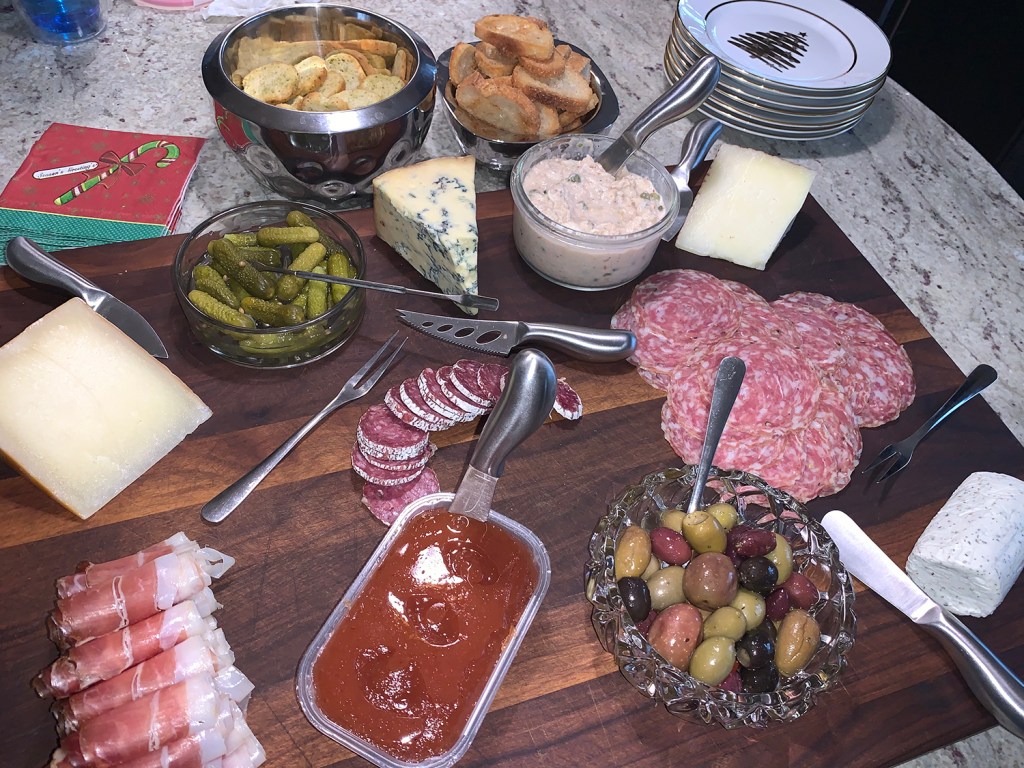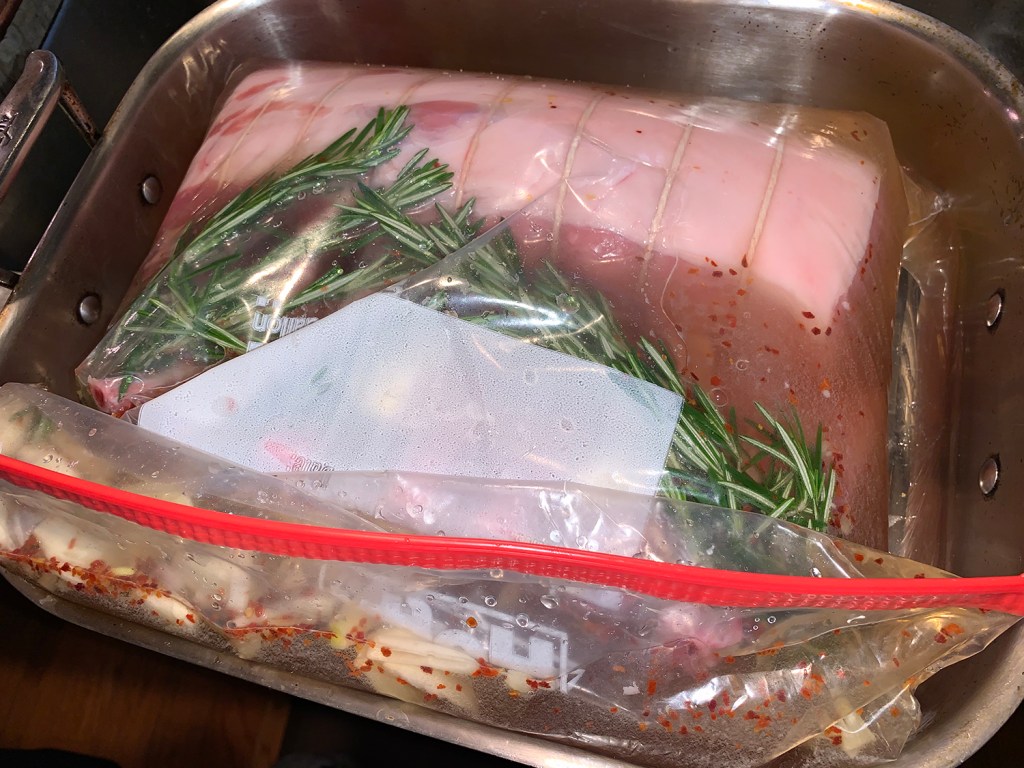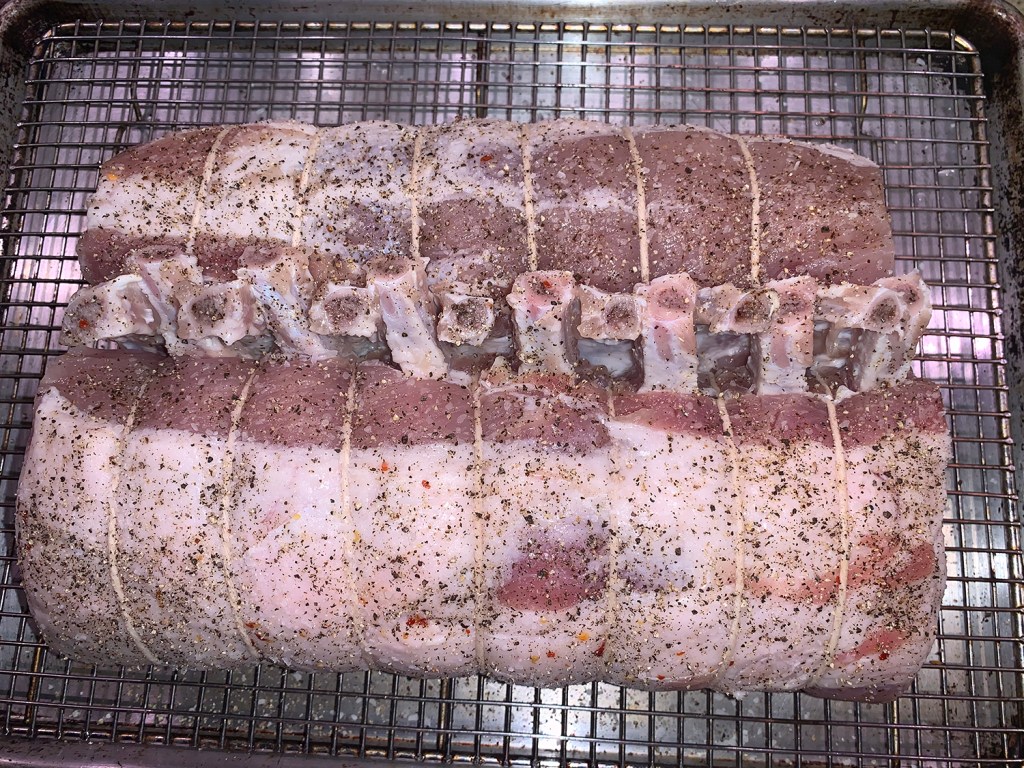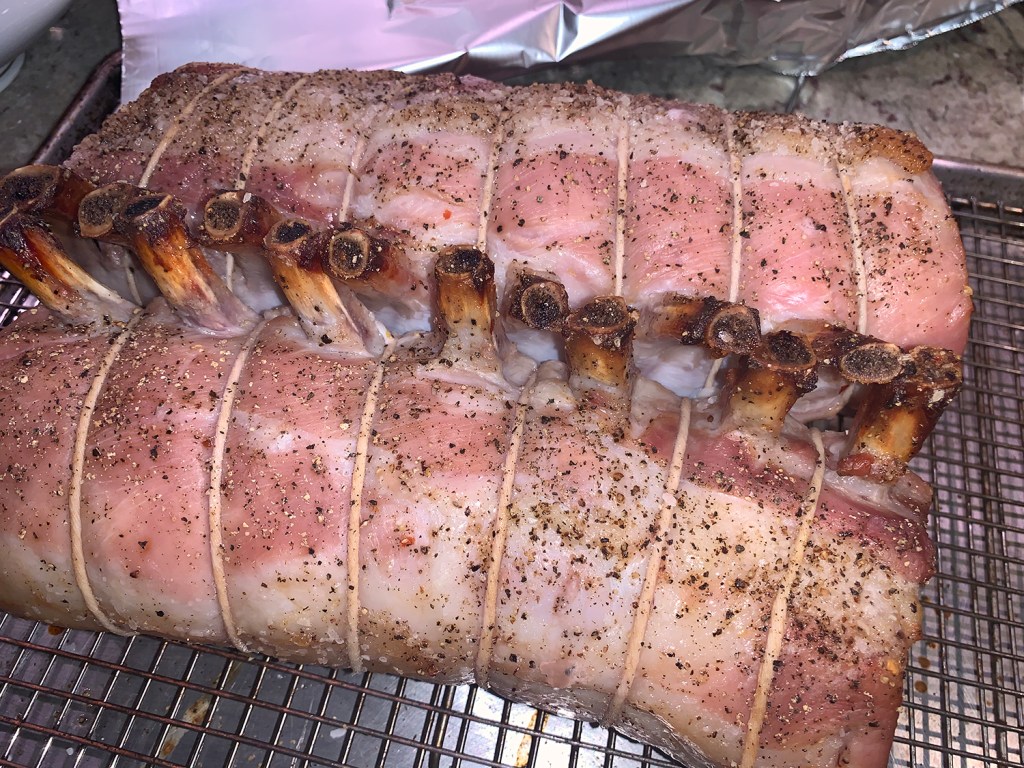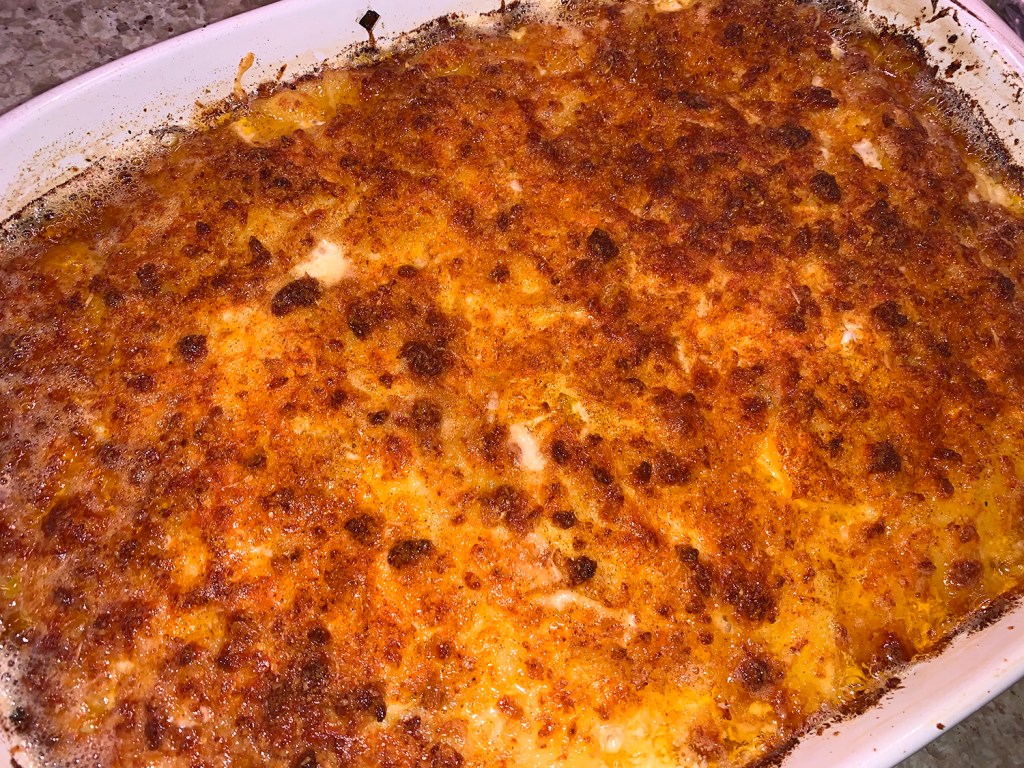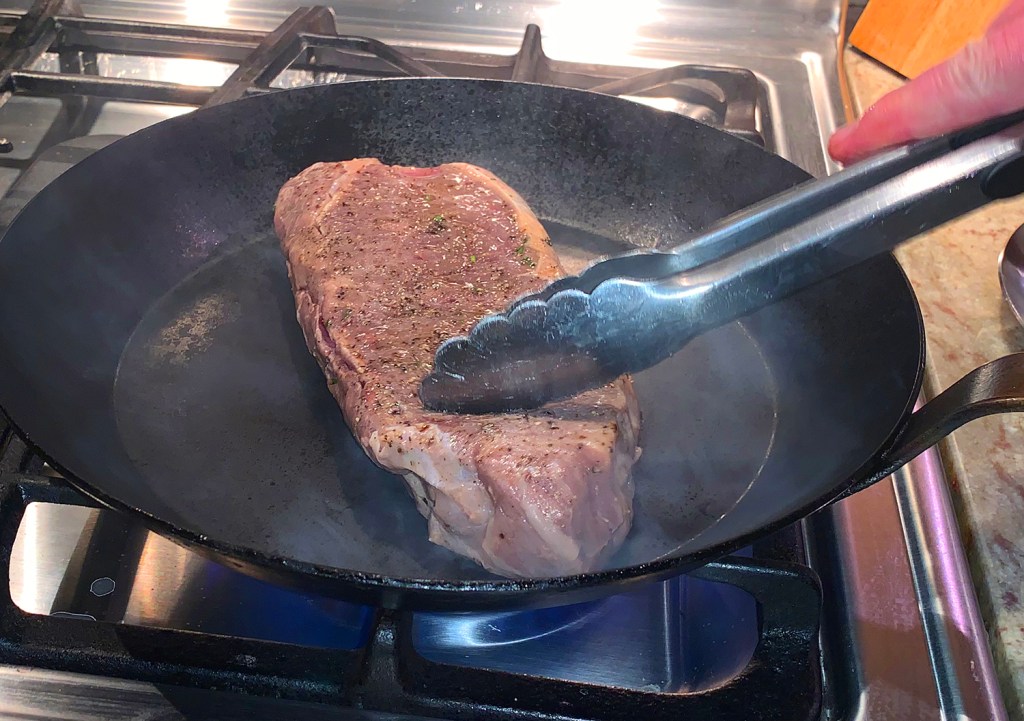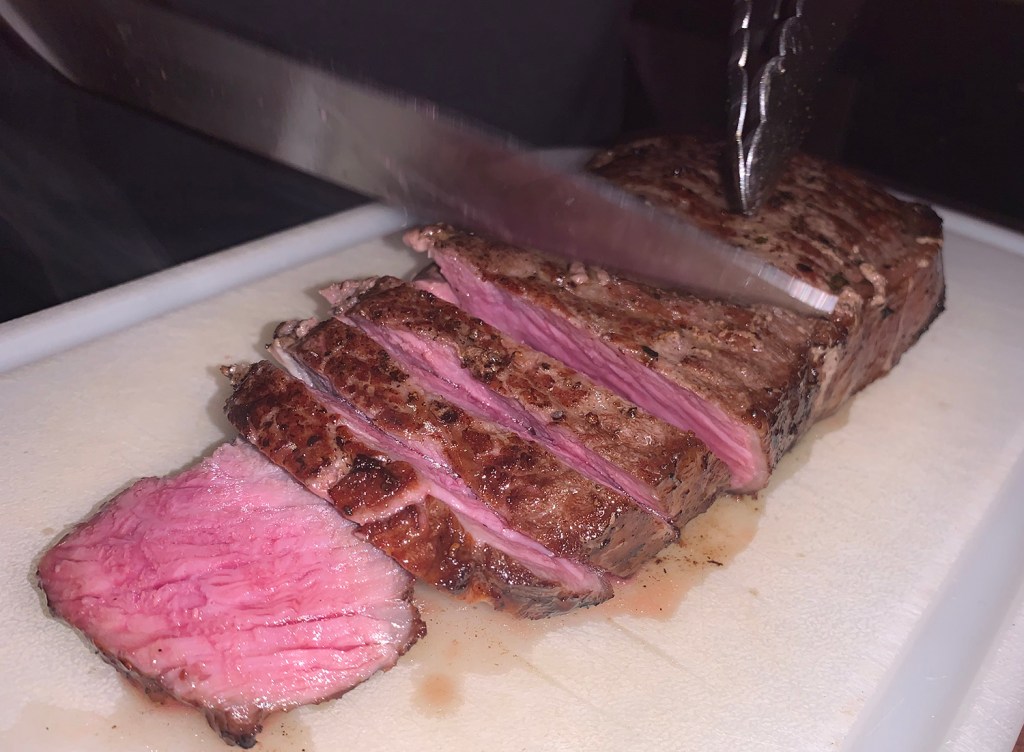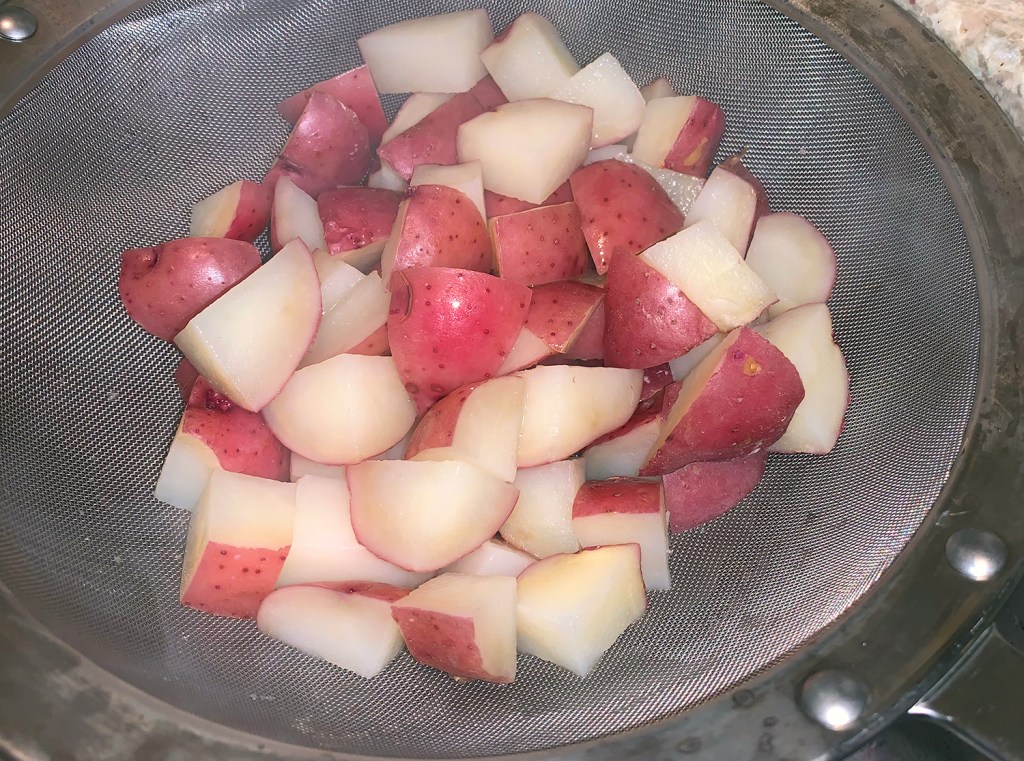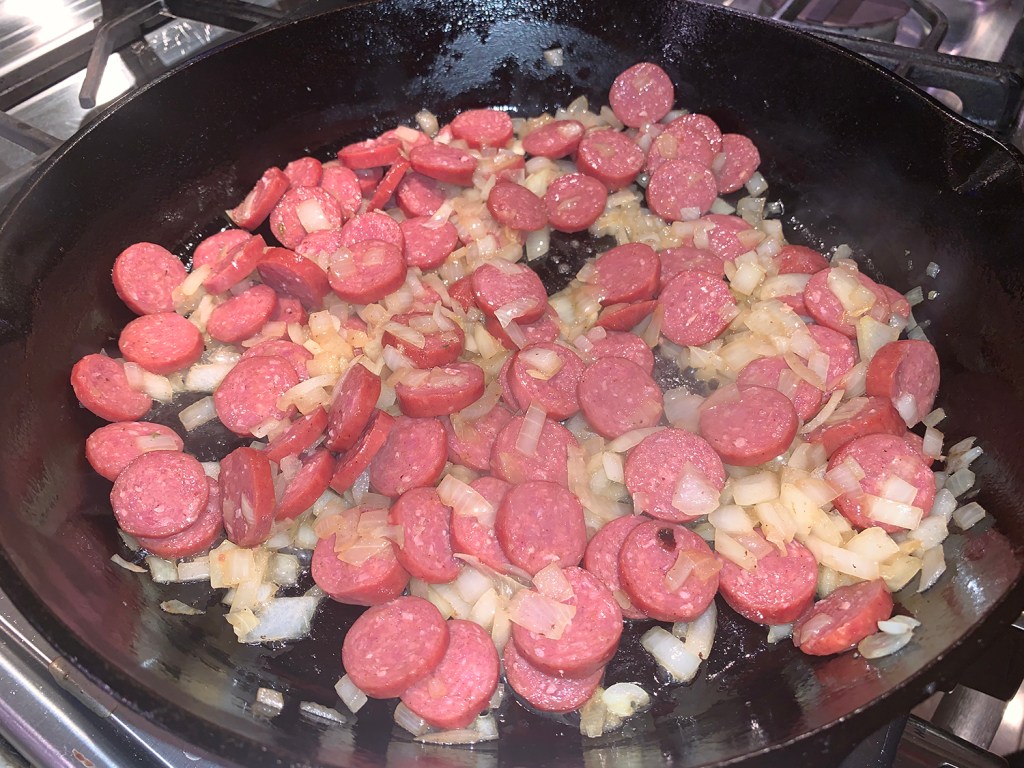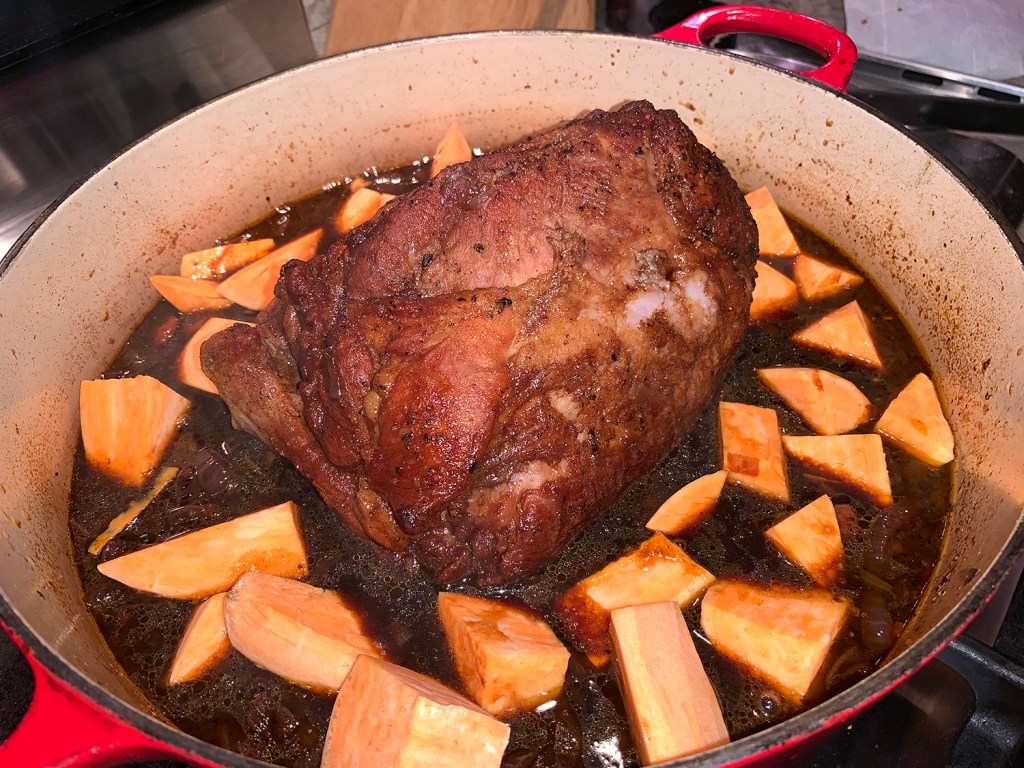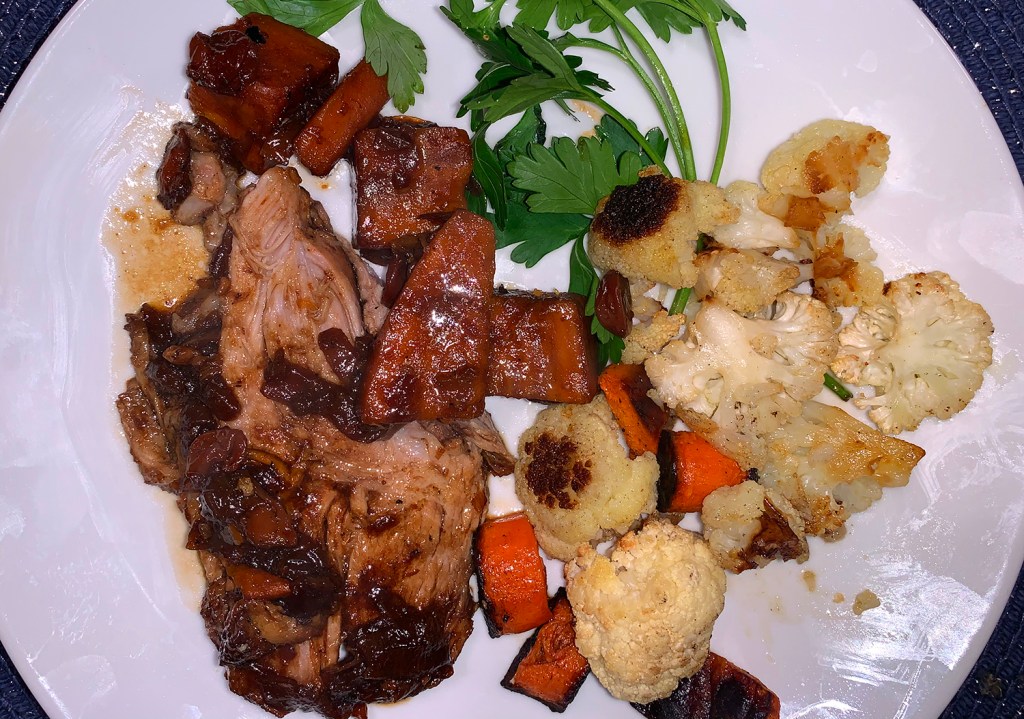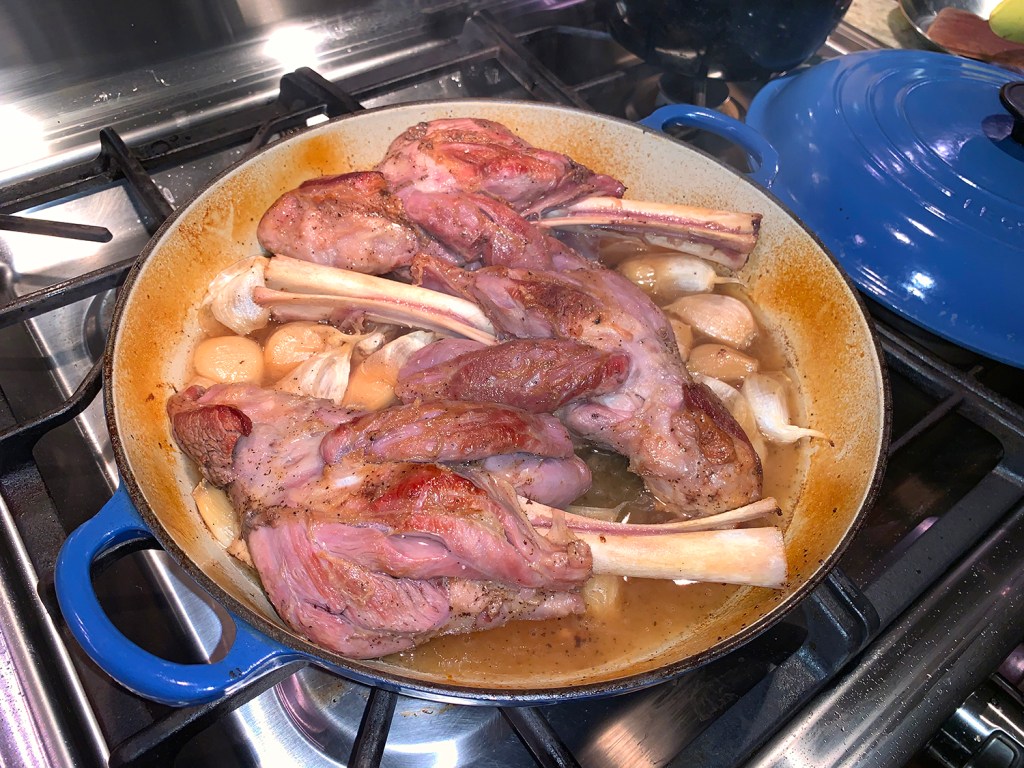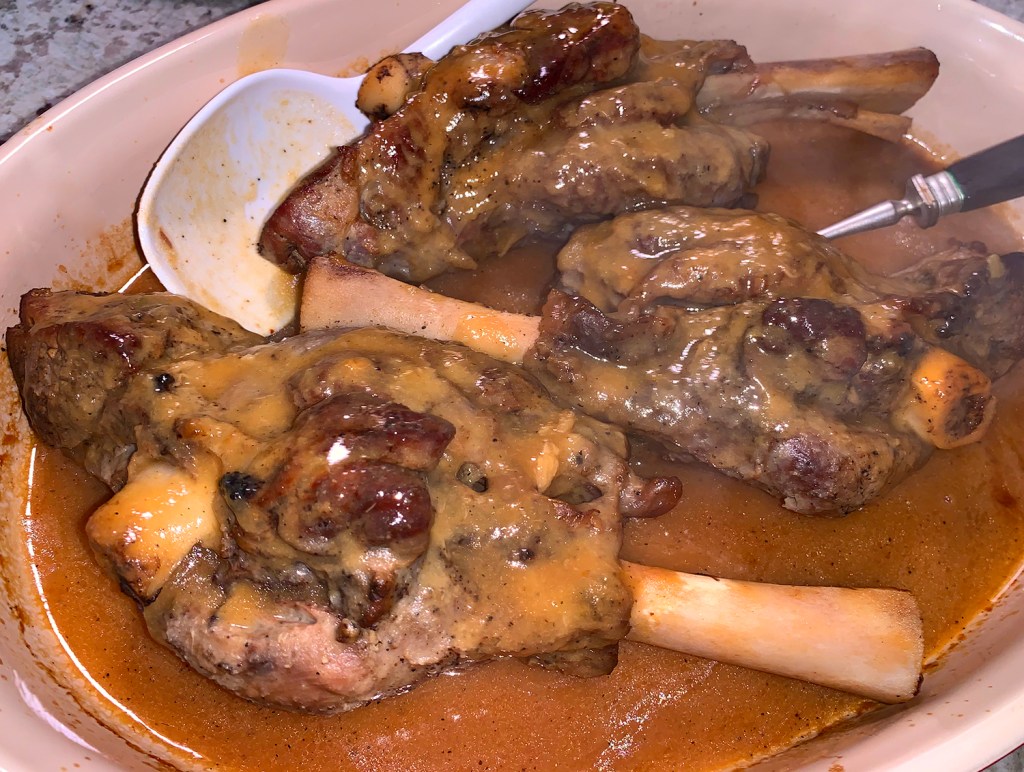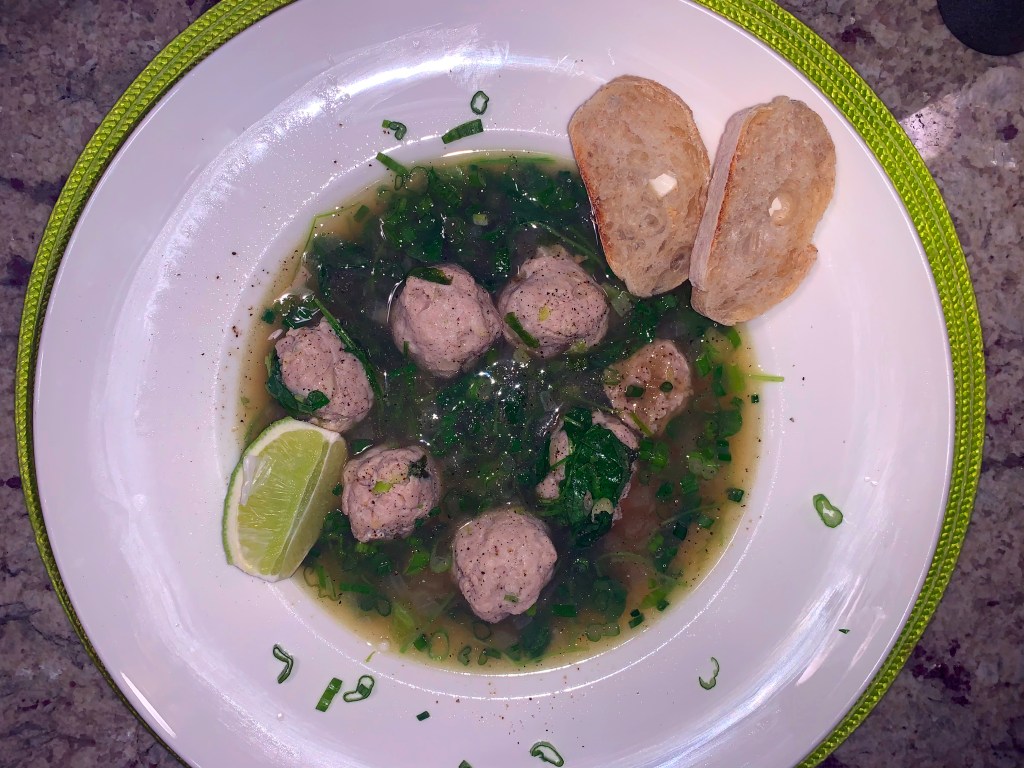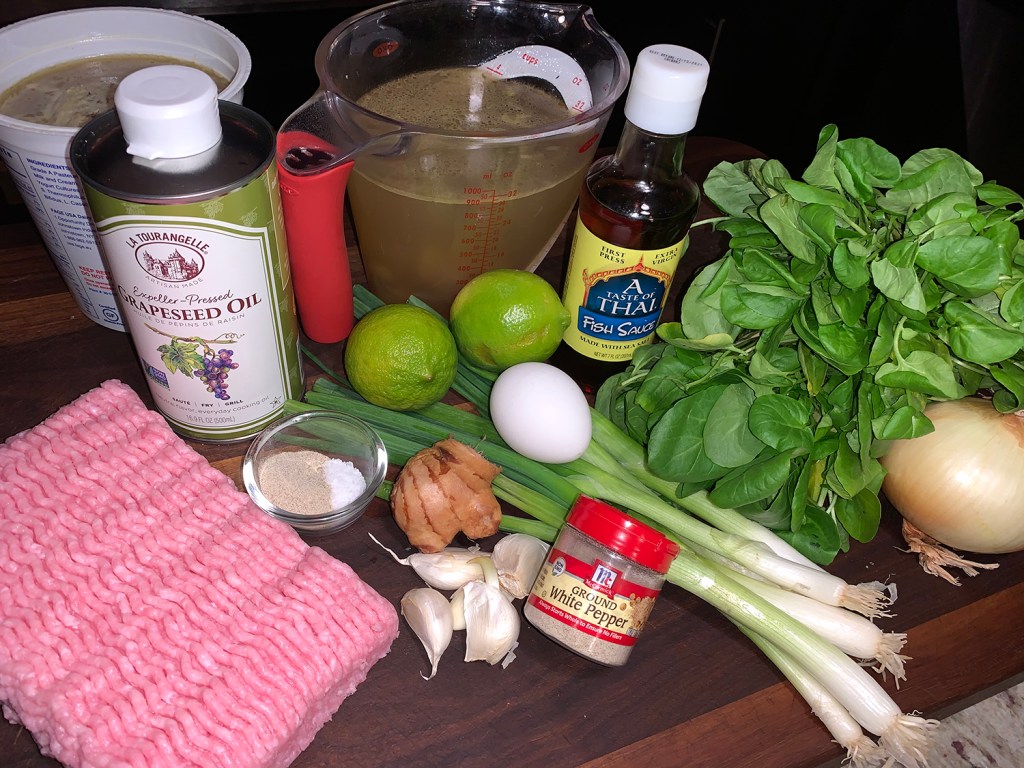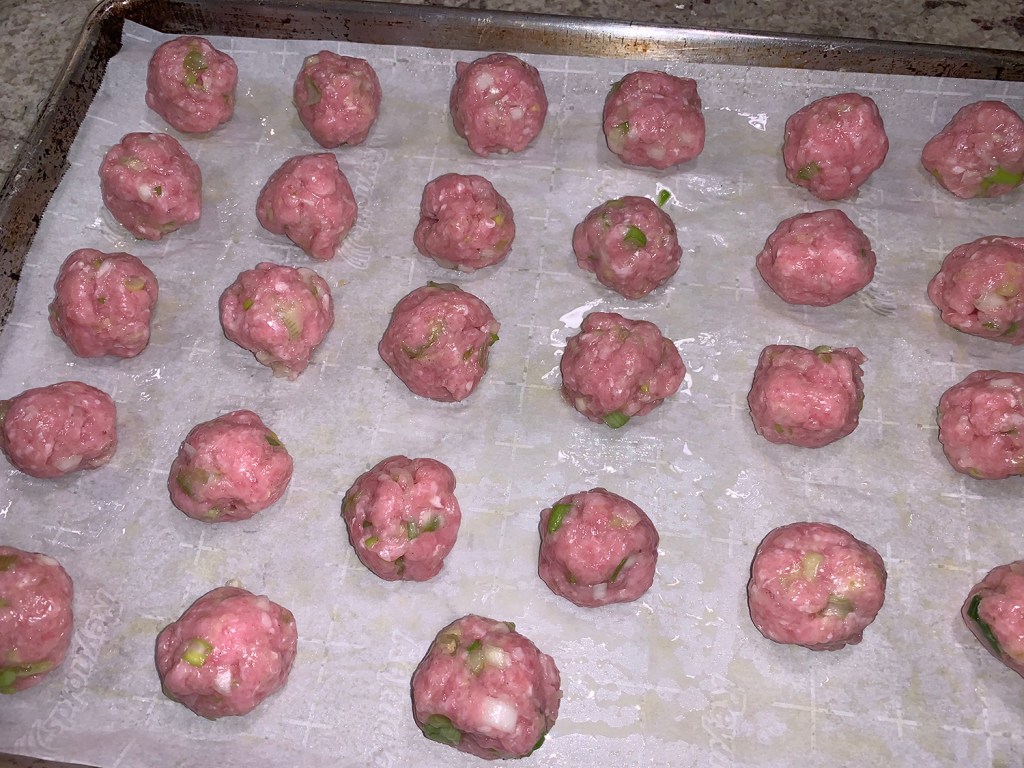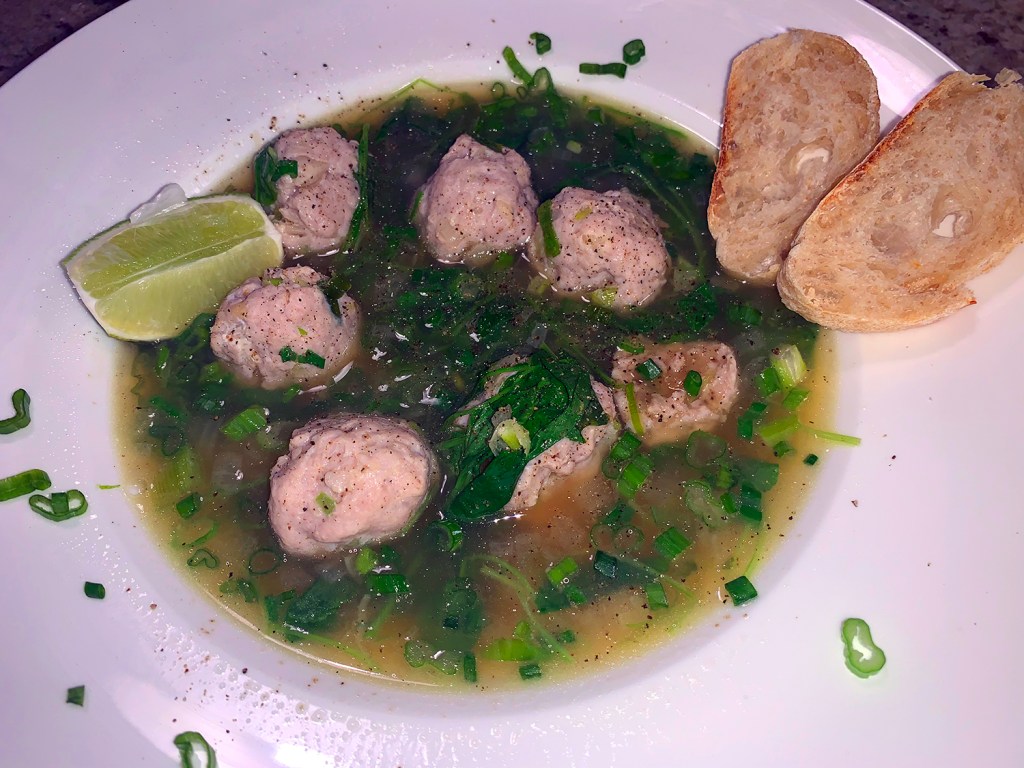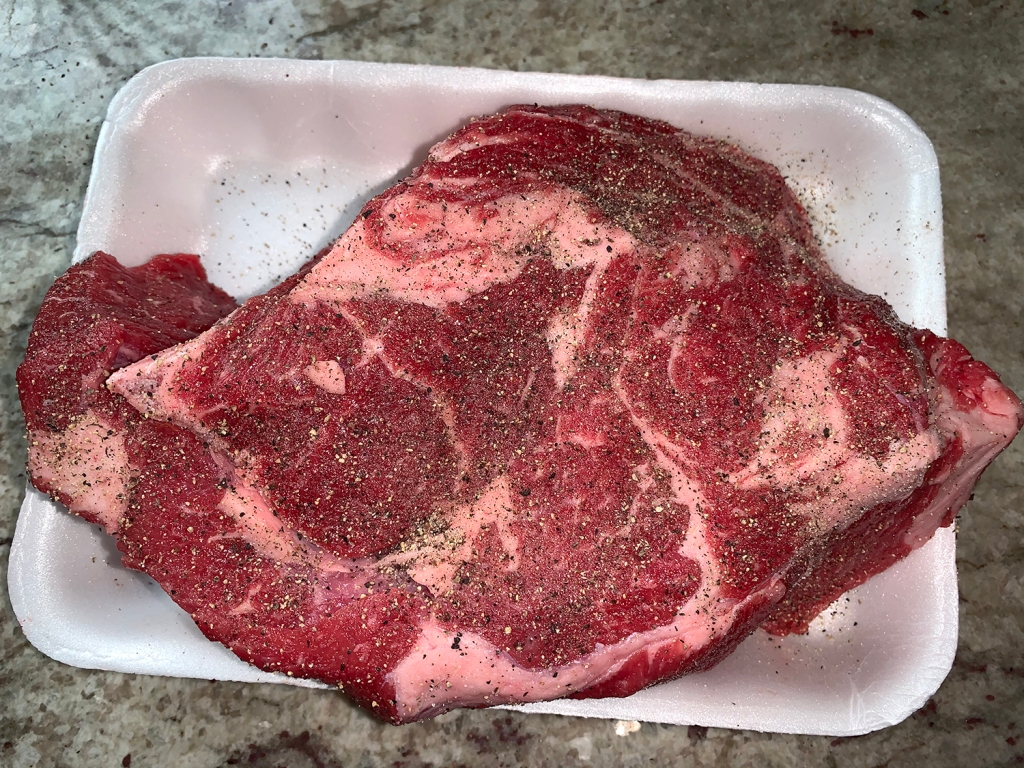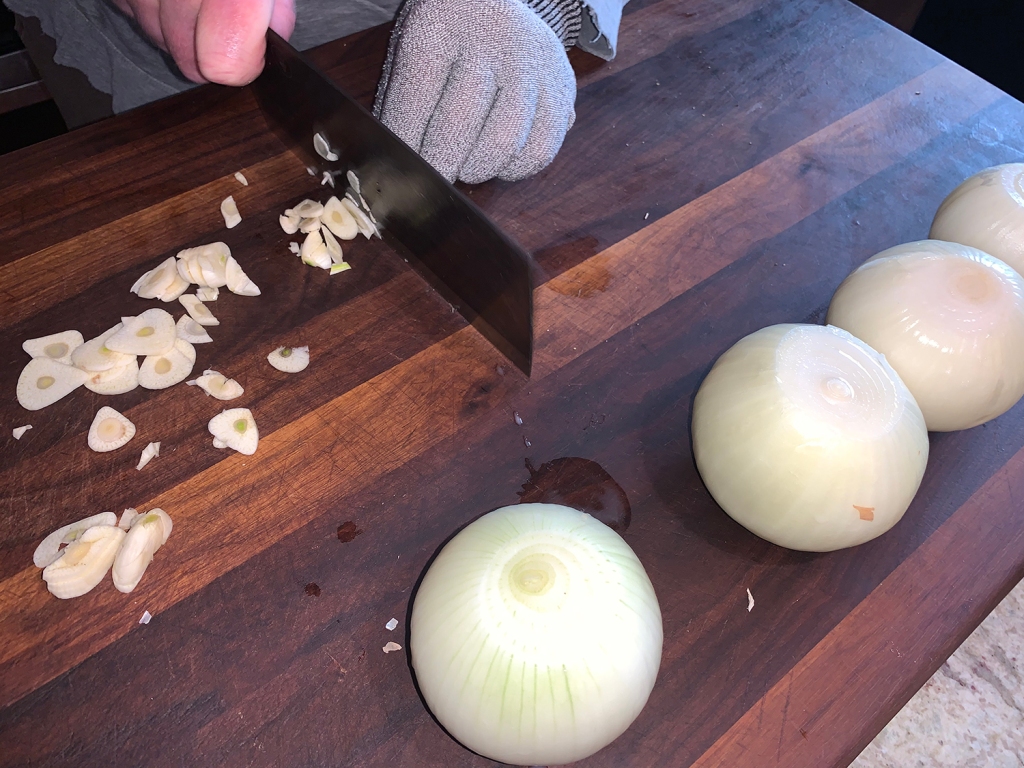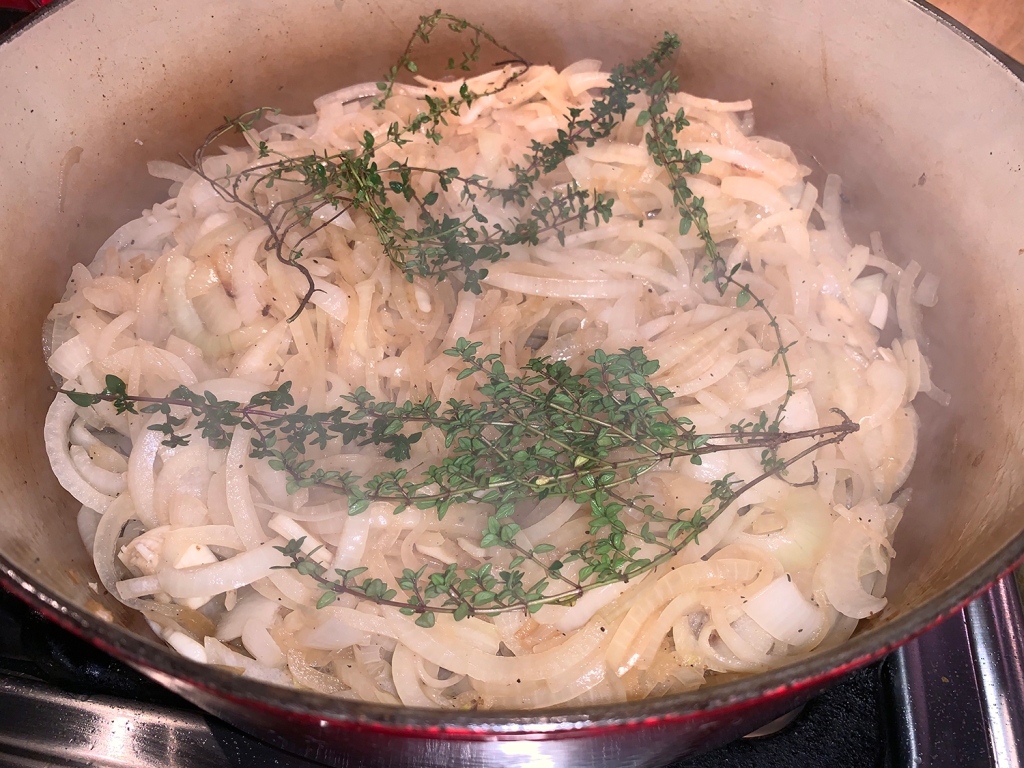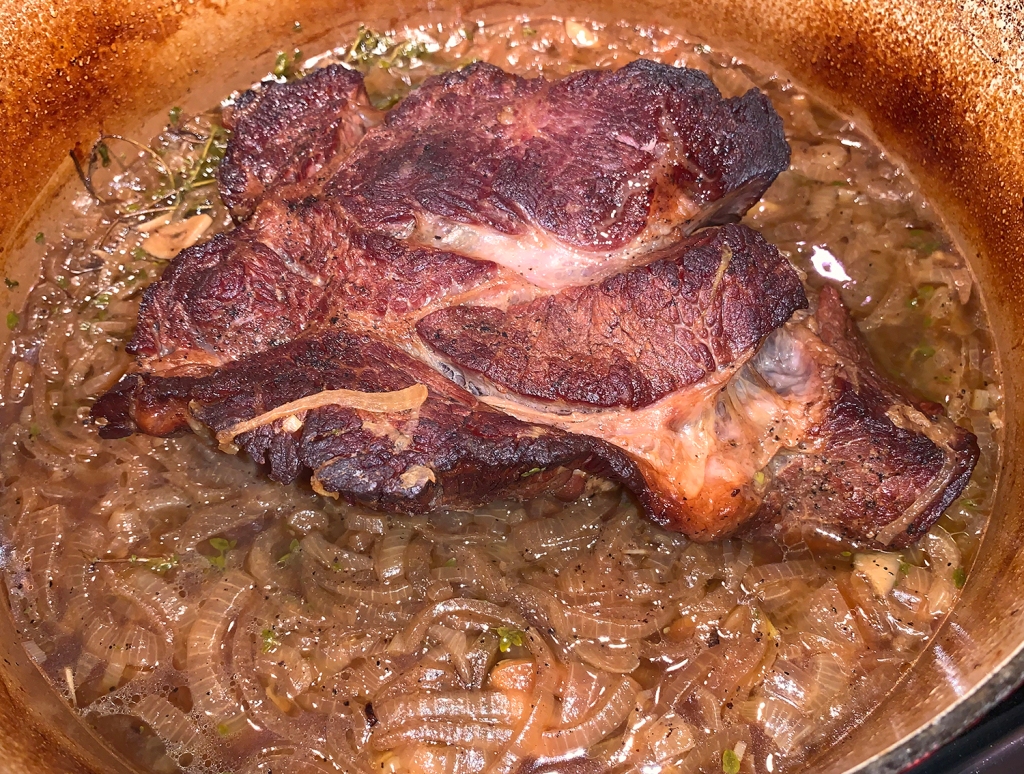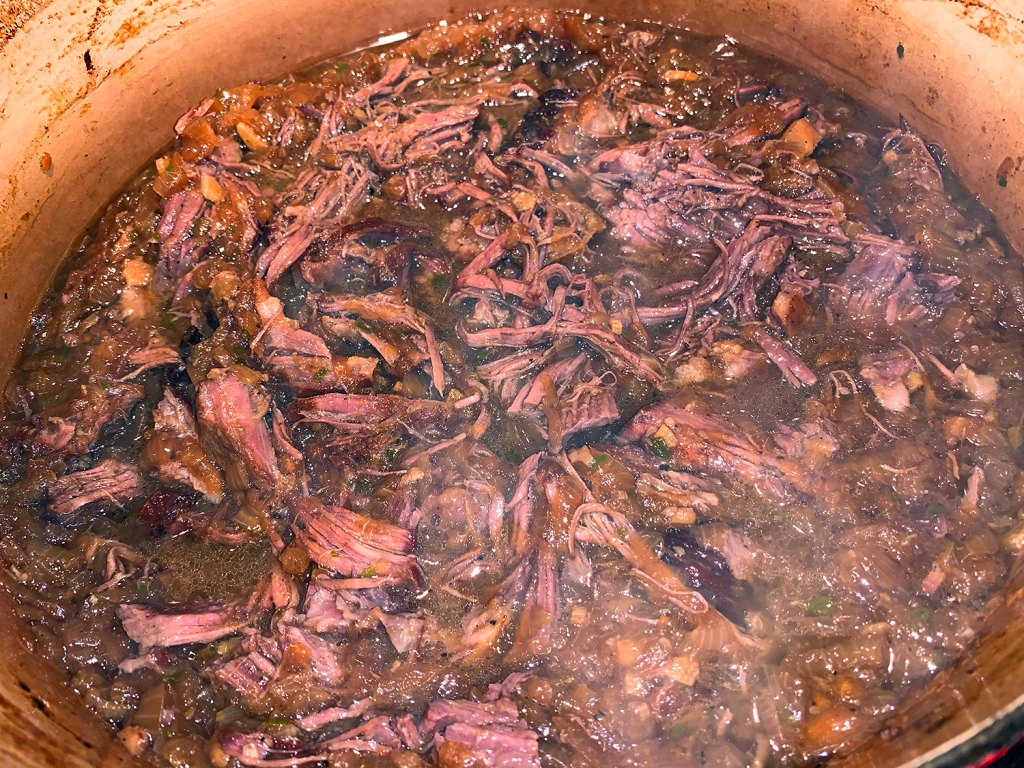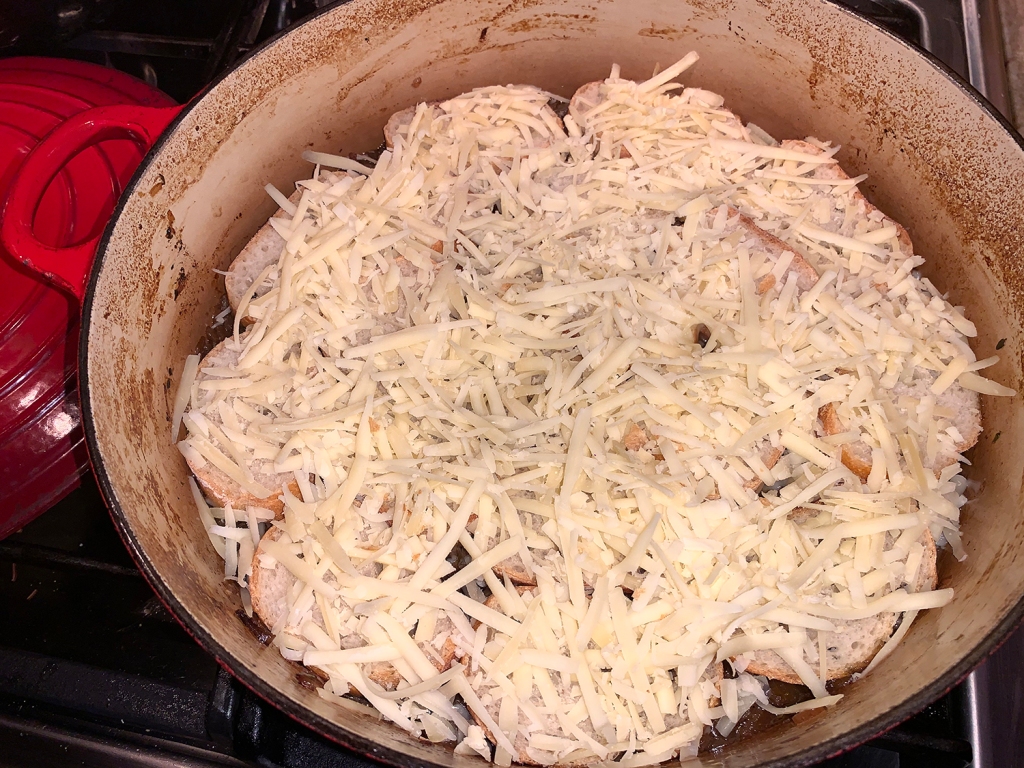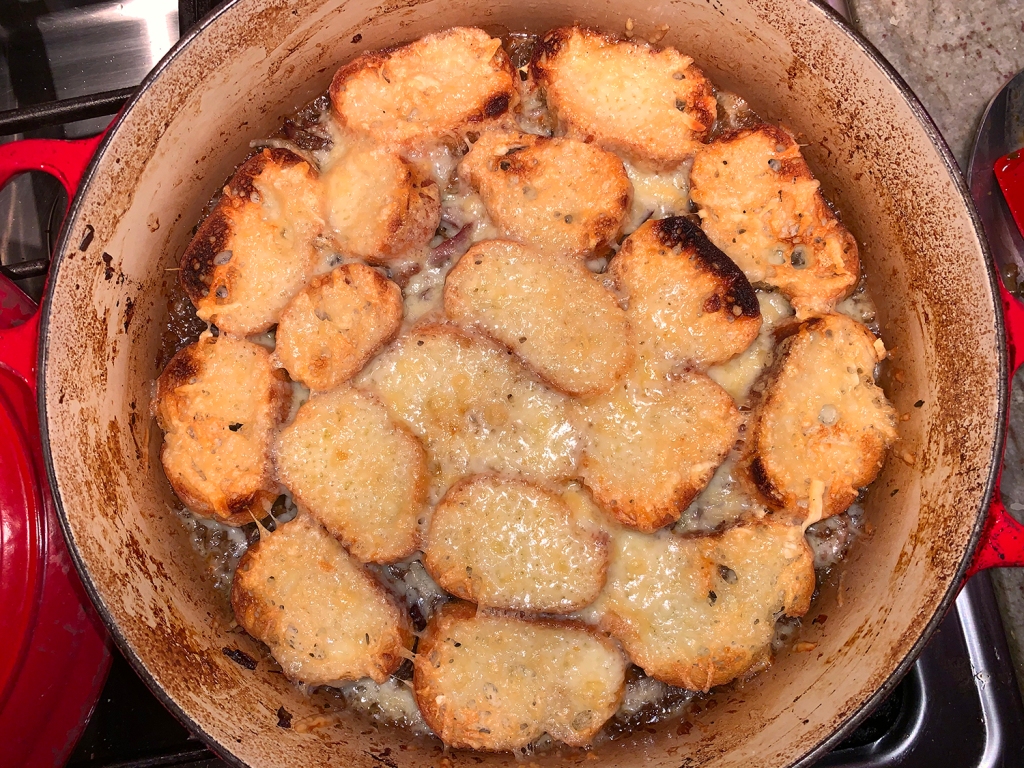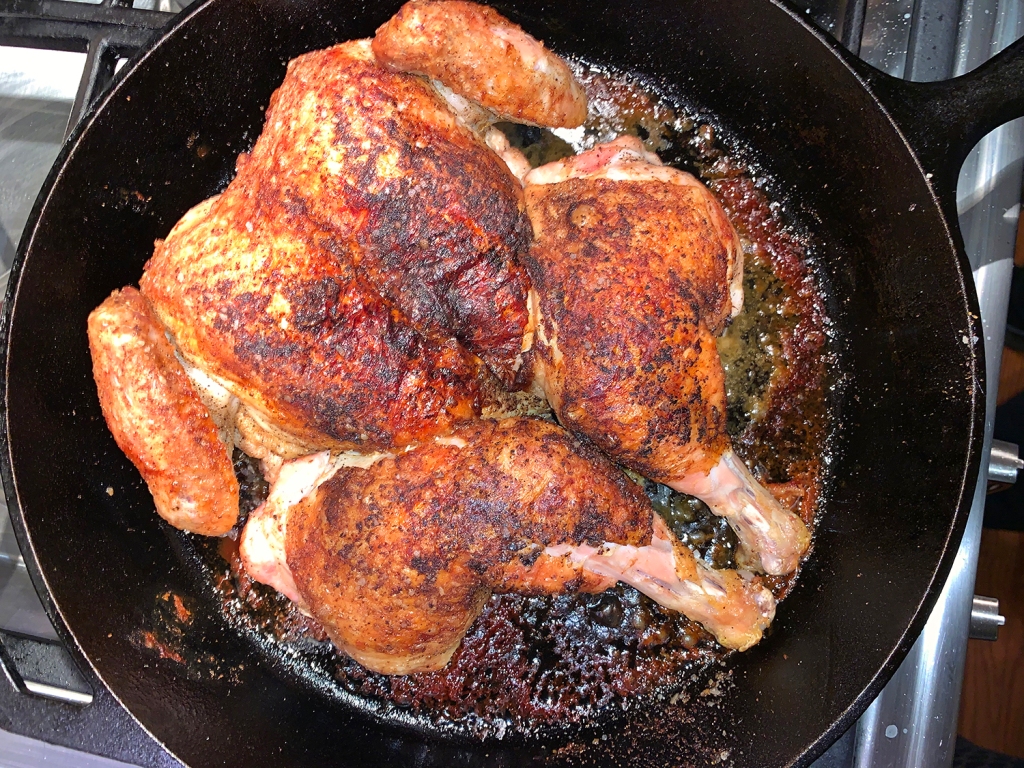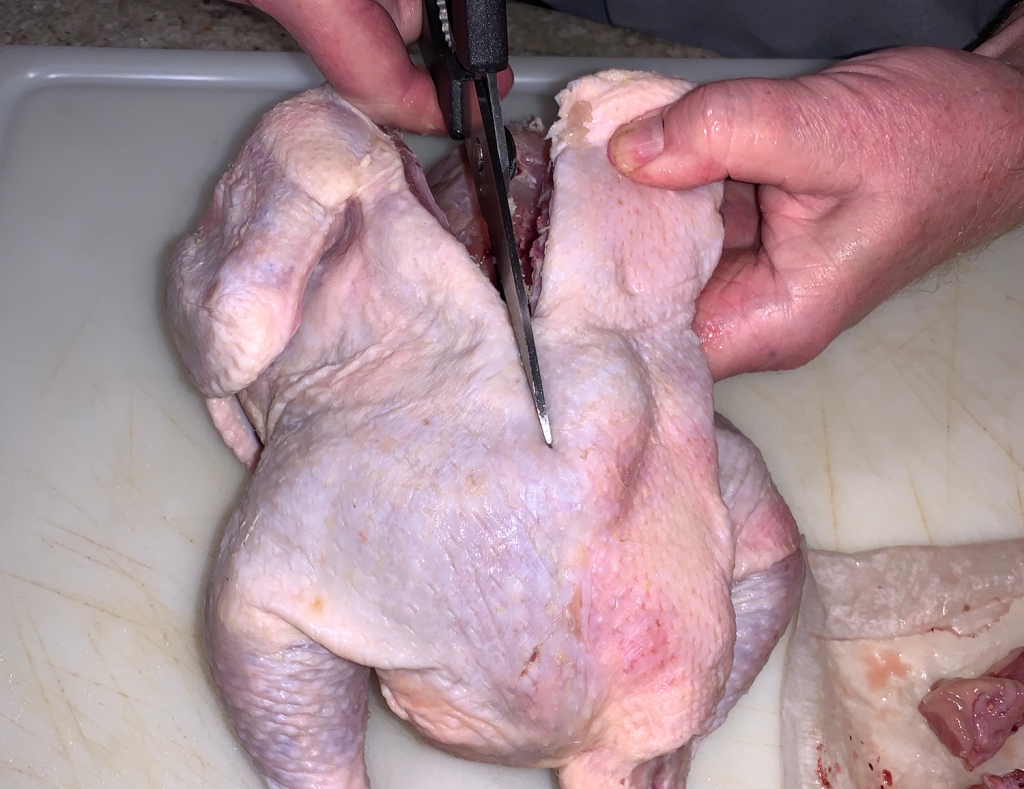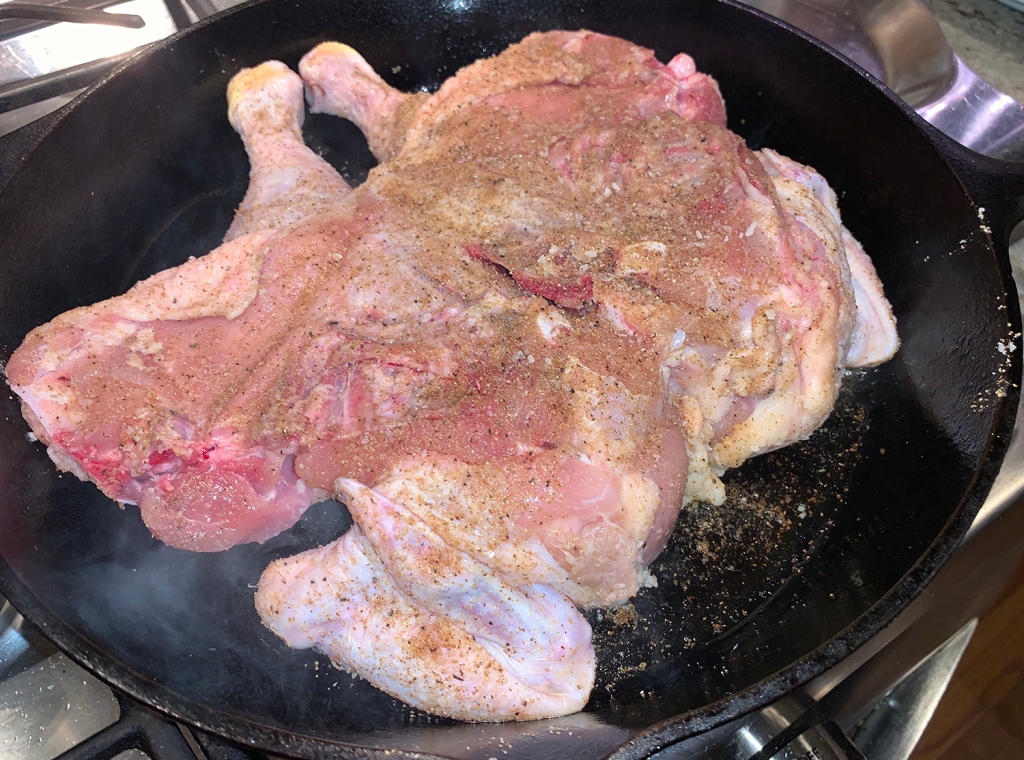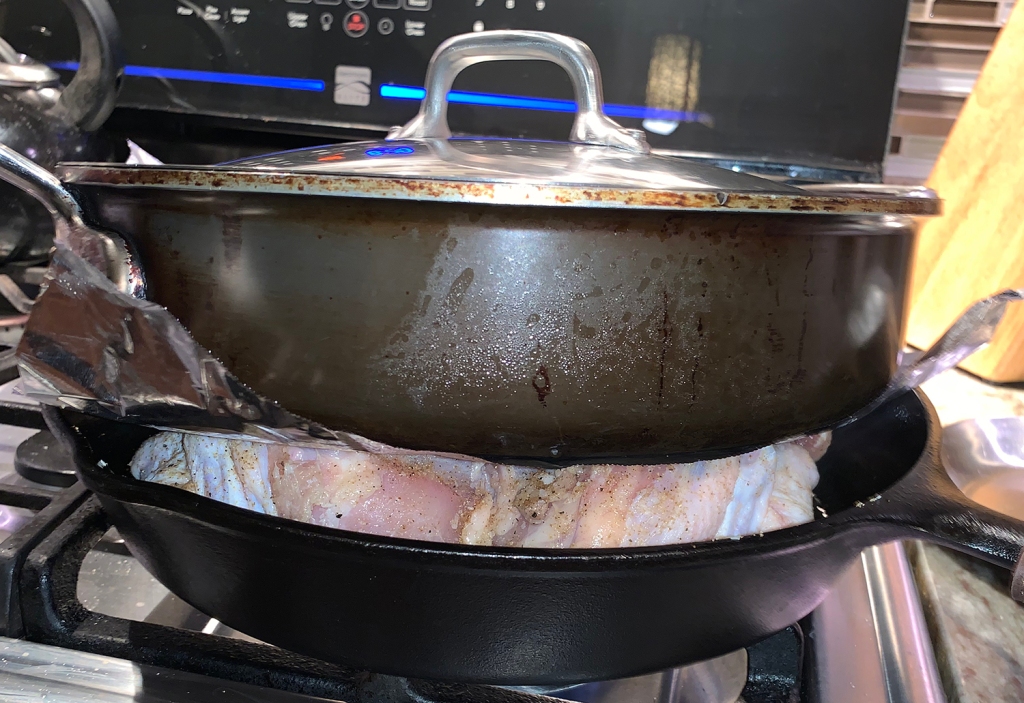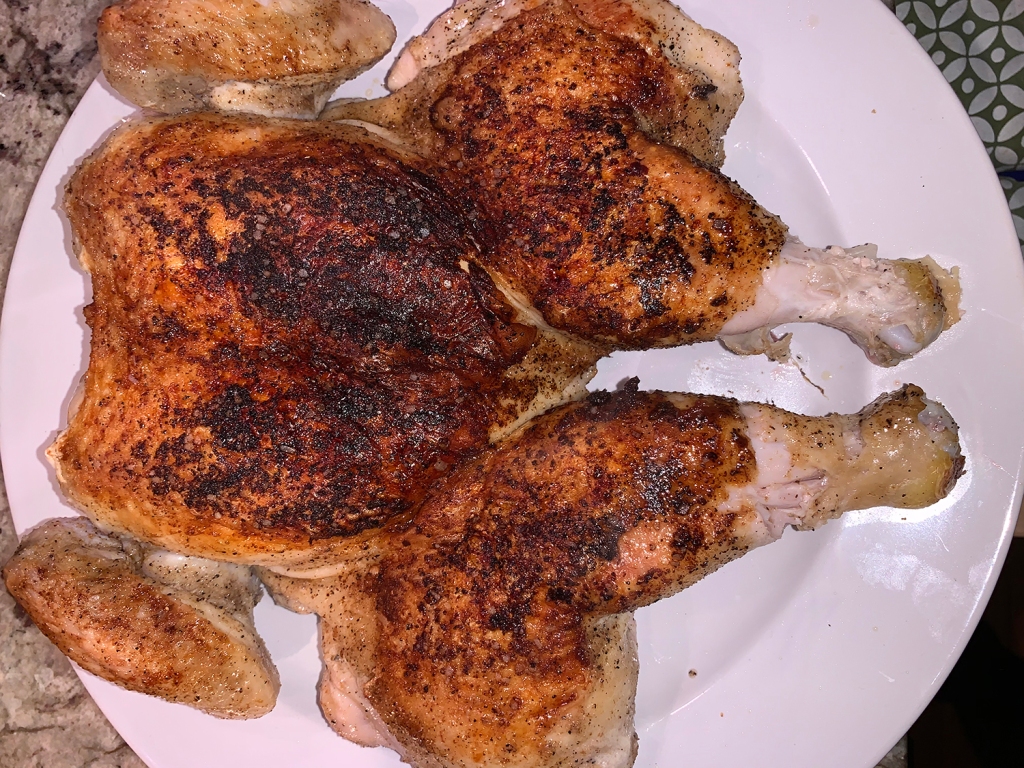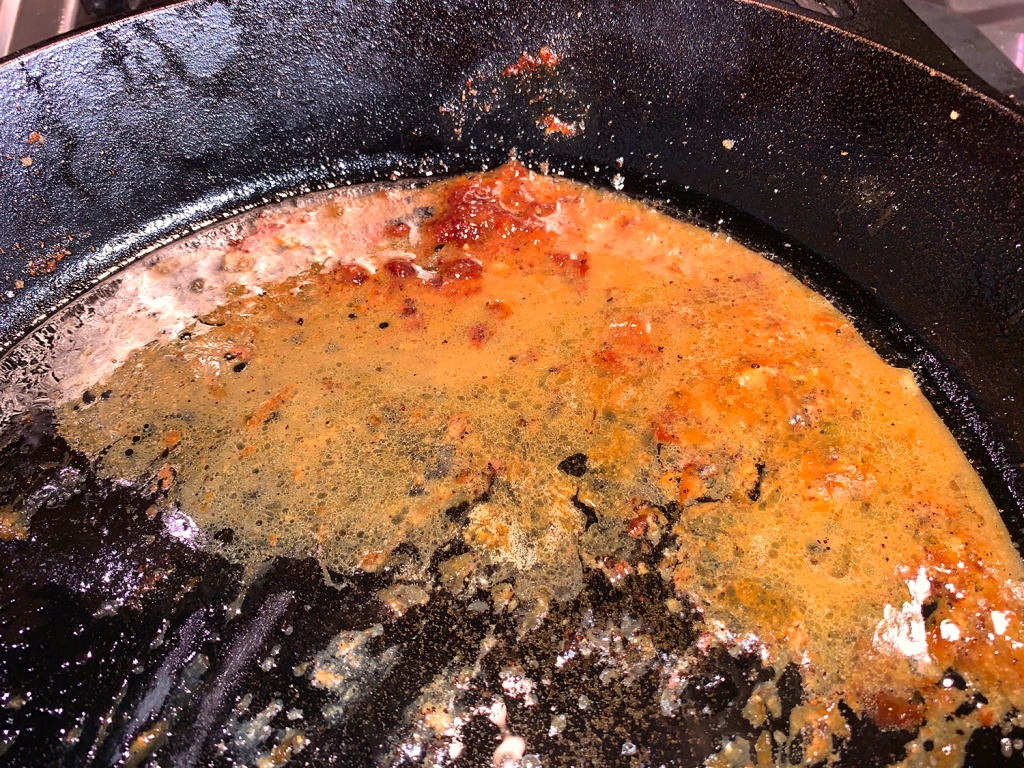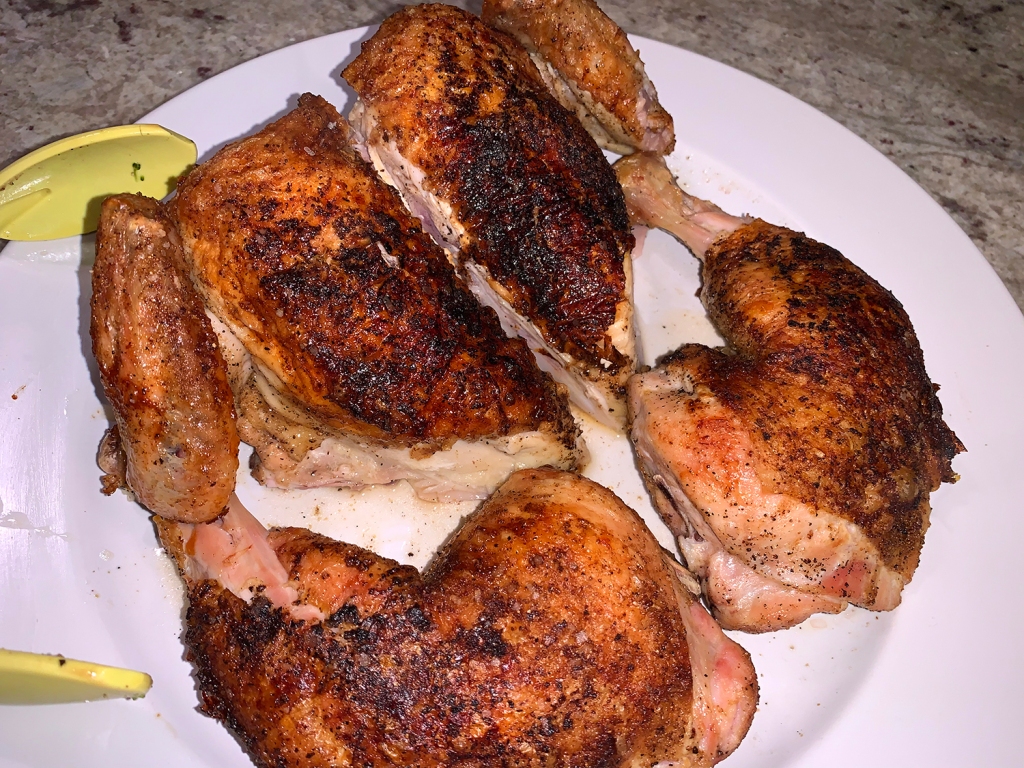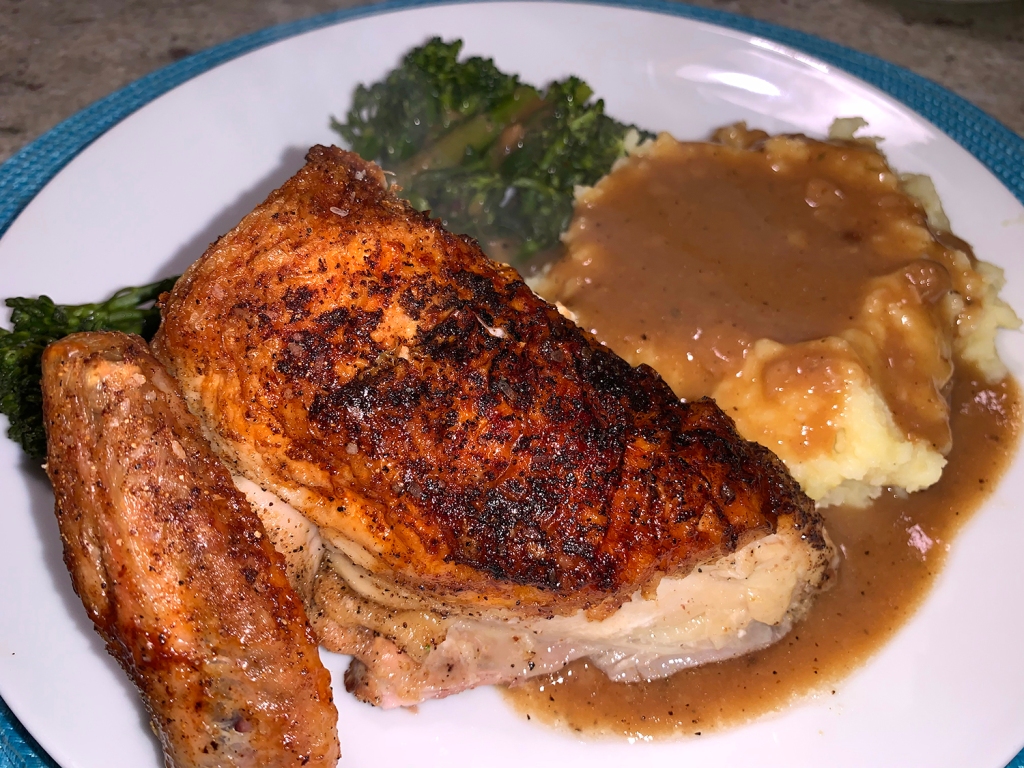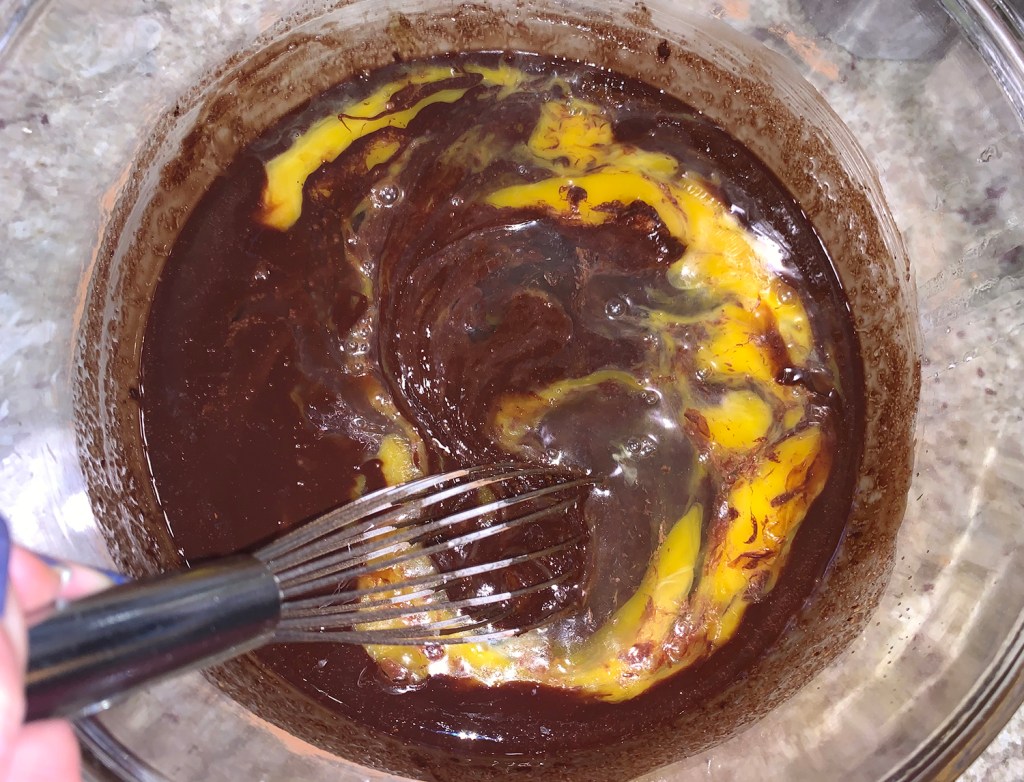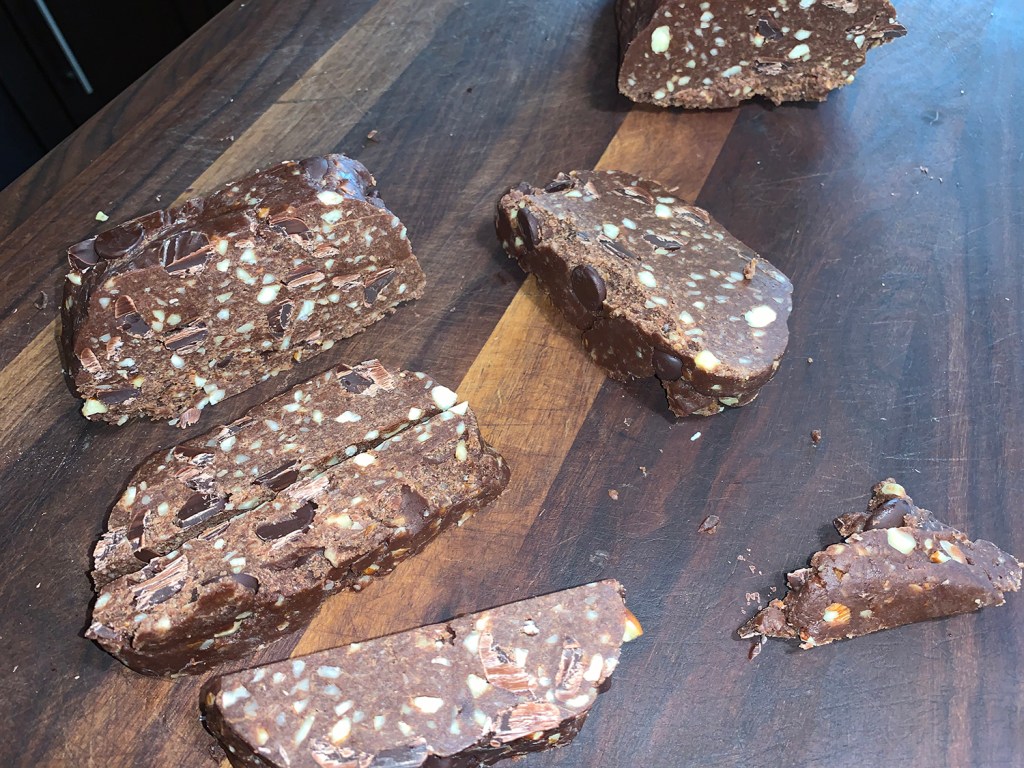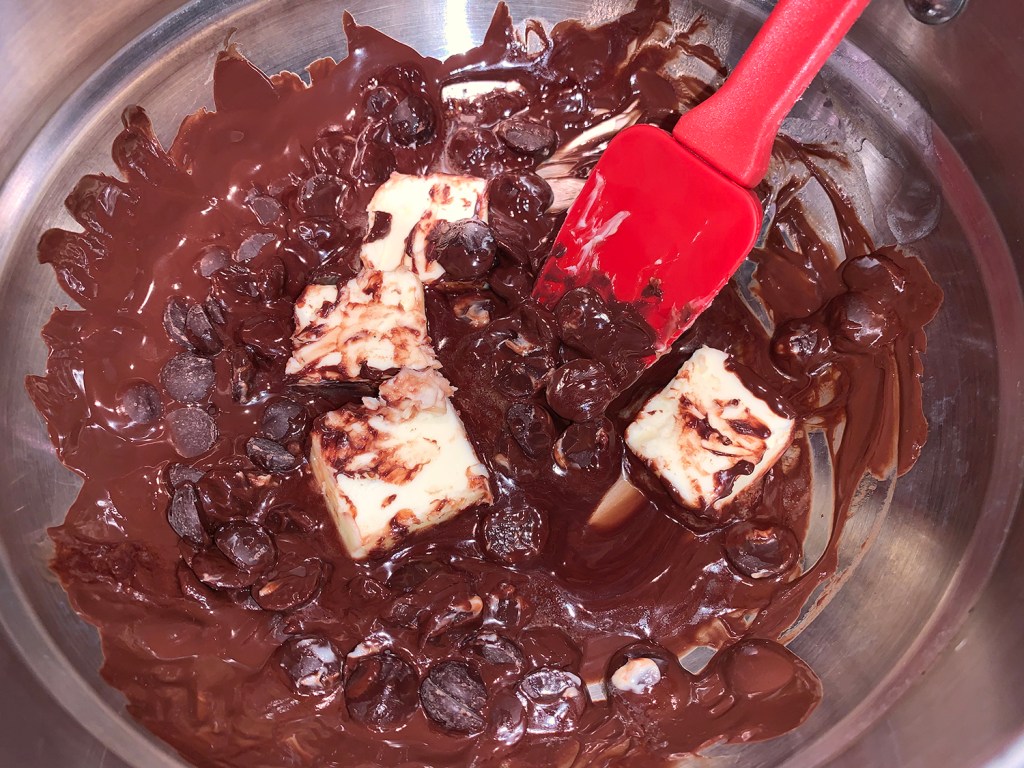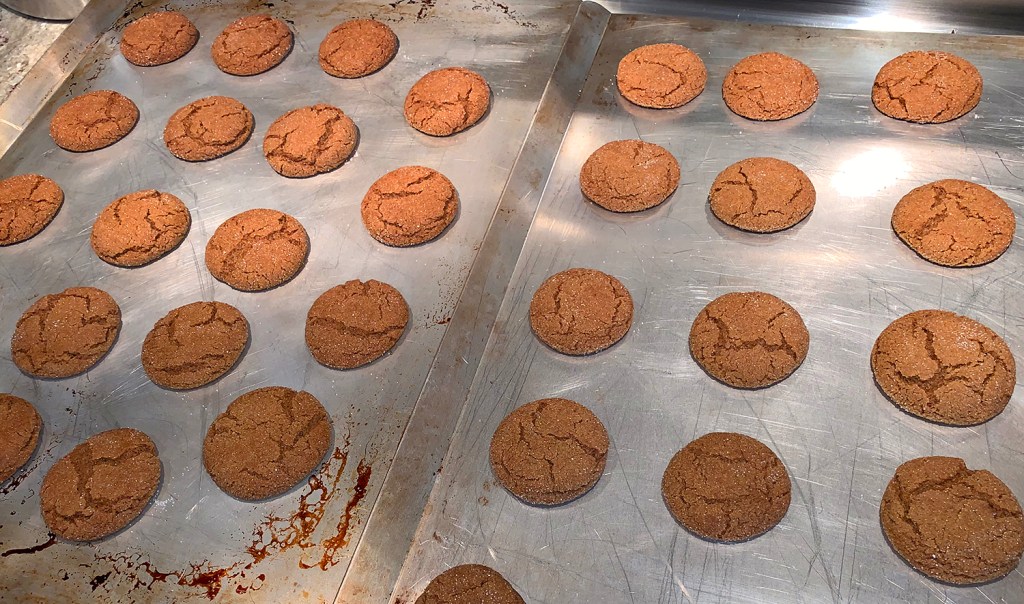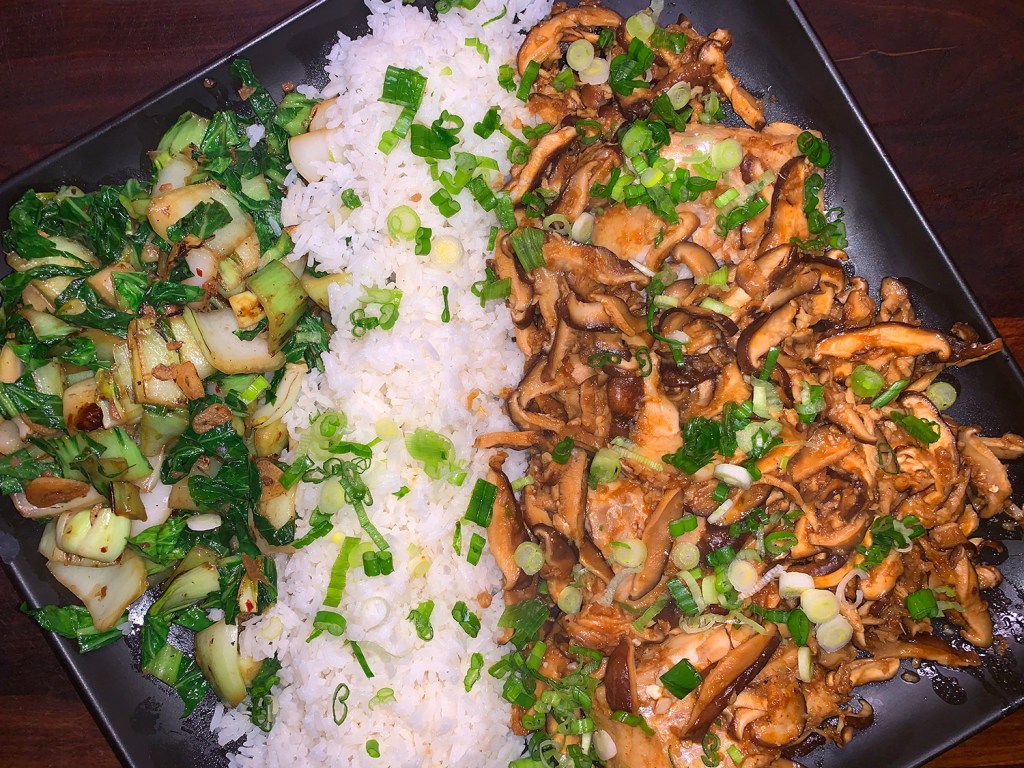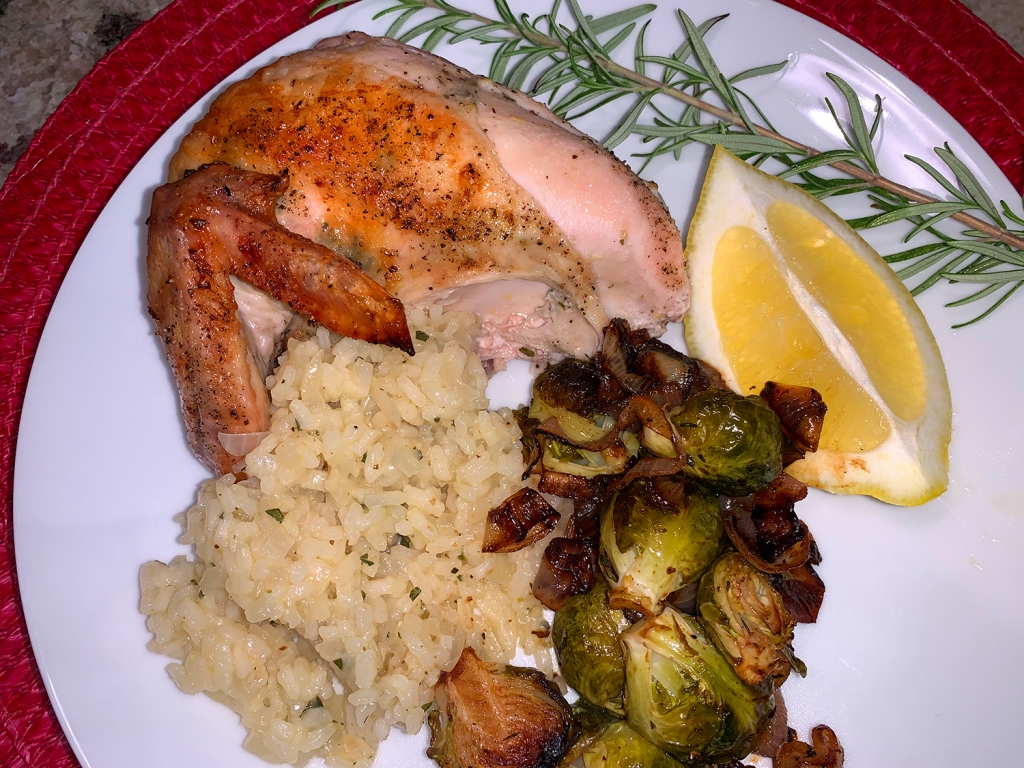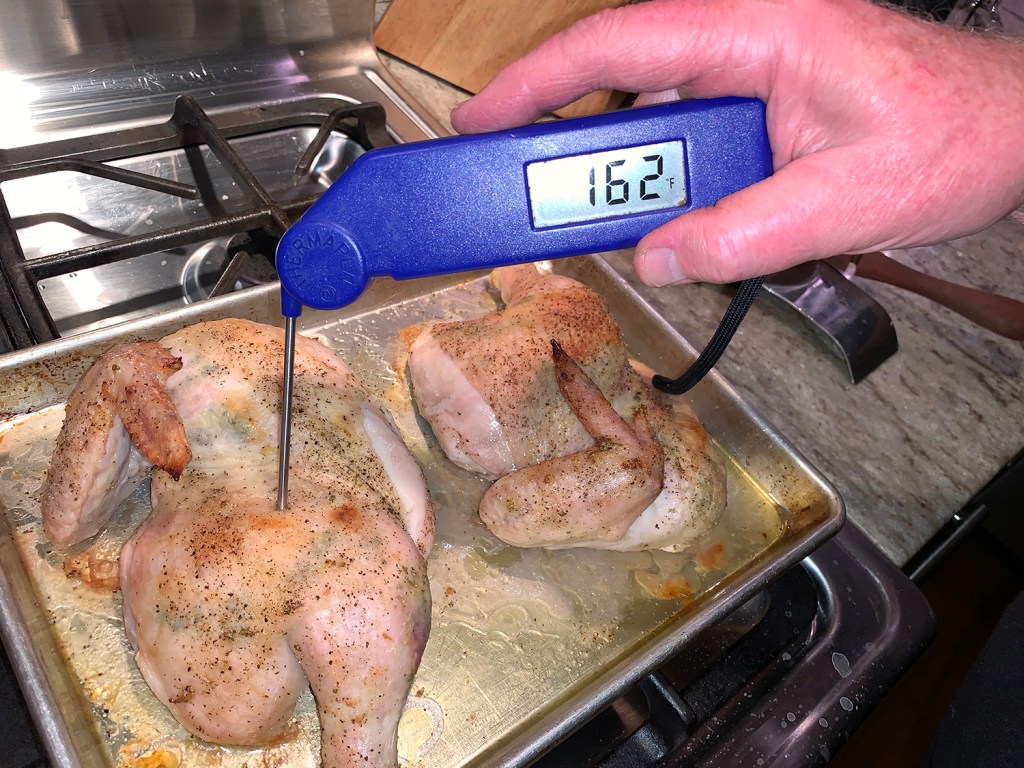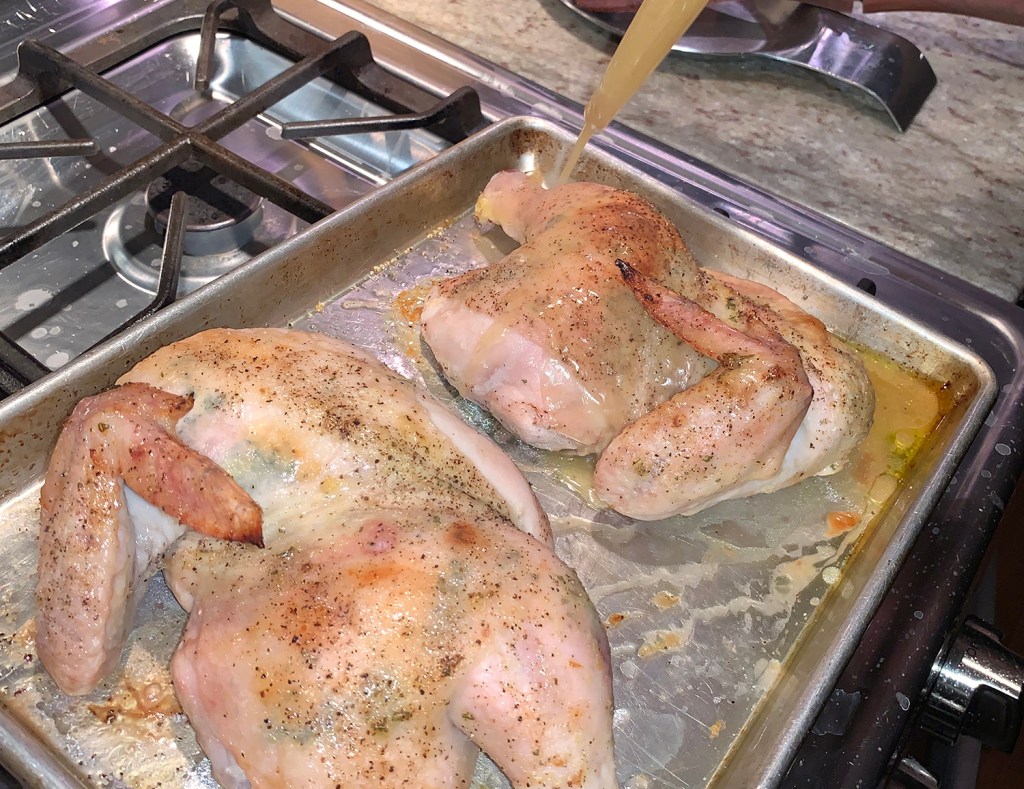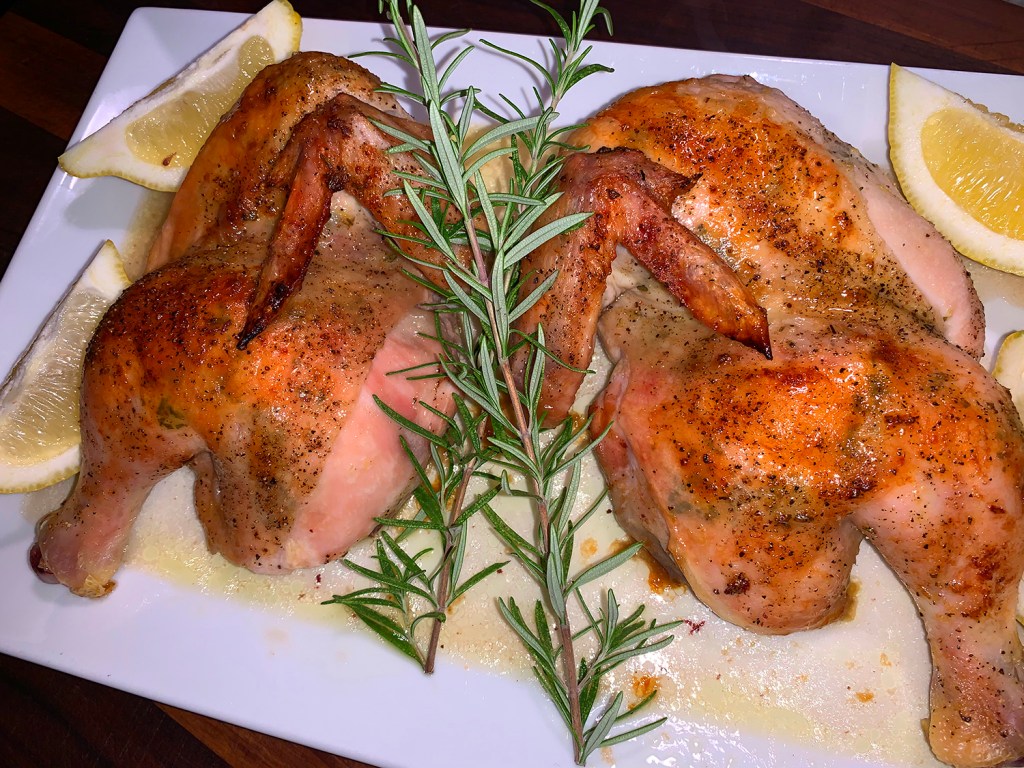This unique syrup-soaked chocolate cake was the perfect dessert for our Christmas dinner, however you don’t have to wait for a special occasion to make it.
Floral honey and piney, resinous rosemary combine for a surprisingly delicious match for chocolate, their flavors and aromas complementing and lifting the dark, bittersweet notes.
Erika Bruce for Milk Street

The cake has a fine crumb similar to pound cake, yet is tender and light, and the syrup makes it extremely moist. If you can, plan in advance and make the cake a day ahead; its texture improves as the syrup slowly soaks in. Store leftovers in an airtight container at room temperature for up to two days.
Tips: Don’t measure the ¾ cup water and then bring it boil it or too much will steam off as it heats. Instead, boil a larger quantity of water in a kettle or saucepan, then measure the ¾ cup. Don’t underbake the cake or it will sink as it cools. When testing doneness, make sure the toothpick comes out clean and dry from the cake’s center. Finally, to ensure even absorption, drizzle on the syrup in four applications, with a brief rest between each. If applied all at once, the syrup will pool on the surface and turn the top soggy.
Double Chocolate Cake with Honey-Rosemary Syrup
Ingredients
For the Cake:
- 1 cup all-purpose flour, plus more for the pan
- 1 tsp. baking powder
- ½ tsp. baking soda
- ½ tsp. kosher salt
- 4 oz. bittersweet chocolate, finely chopped
- ½ cup unsweetened cocoa powder
- ¾ cup boiling water
- 10 Tbsp. (1¼ sticks) salted butter, room temperature
- 1 cup white sugar, plus 2 tablespoons for sprinkling
- 4 large eggs, room temperature
- 2 tsp. vanilla extract
- ½ cup buttermilk
For the Honey Syrup:
- ⅓ cup white sugar
- ⅓ cup honey
- 3 sprigs rosemary
- Pinch of kosher salt
Directions
- To make the cake, heat the oven to 350°F with a rack in the middle position. Mist a 9-inch springform pan with cooking spray, then dust with flour; tap out the excess. In a small bowl, whisk together the flour, baking powder, baking soda and salt.
- In a medium bowl, combine the chocolate and cocoa. Pour the boiling water over top, jiggling the bowl to ensure all the chocolate is submerged. Let stand for 1 to 2 minutes, then whisk until smooth; set aside.
- In a stand mixer with the paddle attachment, beat the butter and 1 cup sugar on low until just combined. Increase to medium-high and beat until light and fluffy, 2 to 3 minutes.
- Reduce to medium and add the eggs one at a time, scraping the bowl once halfway through.
- Reduce to low, then add the chocolate mixture and vanilla; scrape the bowl. With the mixer running on low, add about a third of the flour mixture, followed by half of the buttermilk, then scrape the bowl. With the mixer running, add half of the remaining flour mixture, followed by the remaining buttermilk, then finish with the remaining the flour mixture. Fold the batter by hand to ensure it is homogenous. The batter will be thick but pourable.
- Transfer the batter to the prepared pan and spread in an even layer. Sprinkle evenly with the remaining 2 tablespoons sugar. Bake until the cake forms a thin, crisp center crust and a toothpick inserted at the center comes out clean, 40 to 50 minutes.
- Meanwhile, make the syrup. In a small saucepan, combine the sugar, honey, rosemary, salt and ⅓ cup water. Bring to a boil over medium, stirring occasionally to dissolve the sugar. Transfer to a liquid measuring cup and cool to room temperature.
- When the cake is done, cool in the pan on a wire rack for 15 minutes. Remove and discard the rosemary from the cooled syrup, then drizzle about a quarter of the syrup onto the warm cake. The syrup will not be immediately absorbed; let stand for about 5 minutes to allow it to soak in. Drizzle on the remaining syrup in 3 more applications, allowing a 5-minute rest between each.
- Cool the cake completely in the pan, at least 1 hour, but preferably overnight (if storing overnight, wrap the pan in plastic and store at room temperature). To serve, run a paring knife around the pan to loosen the cake, remove the sides of the pan and cut the cake into wedges.
Recipe from Briana Holt of Tandem Bakery + Coffee in Portland, Maine

